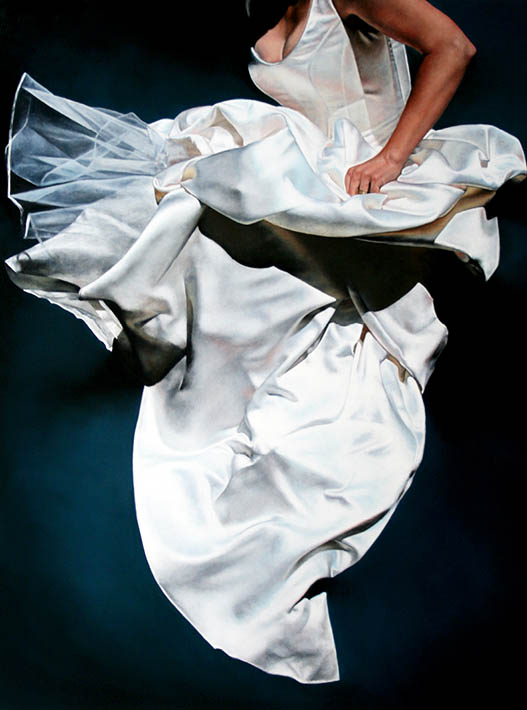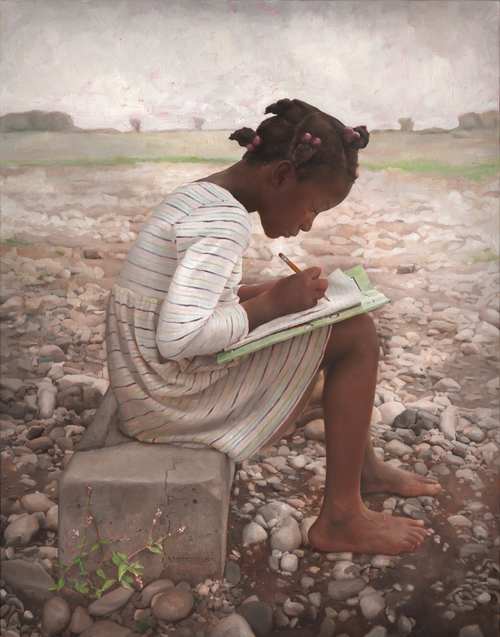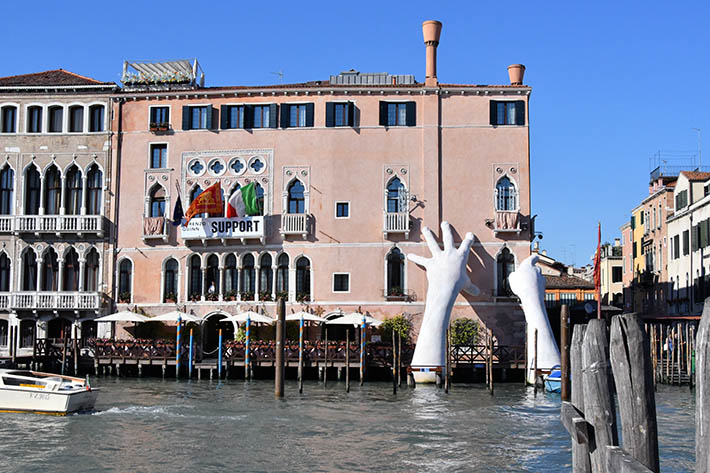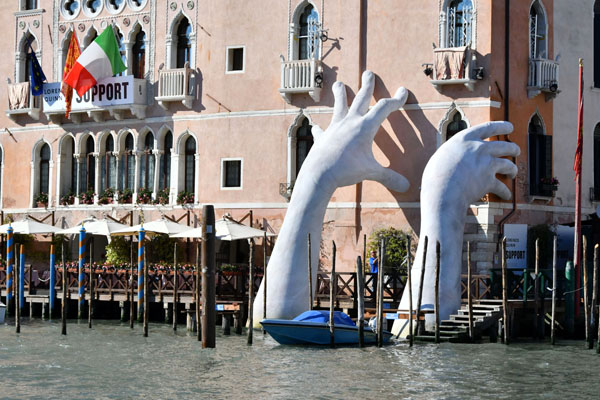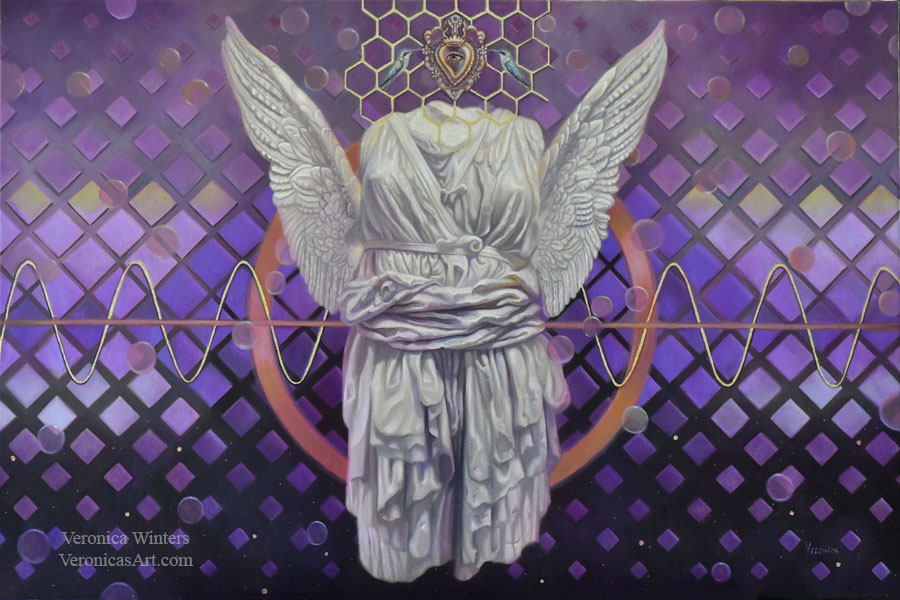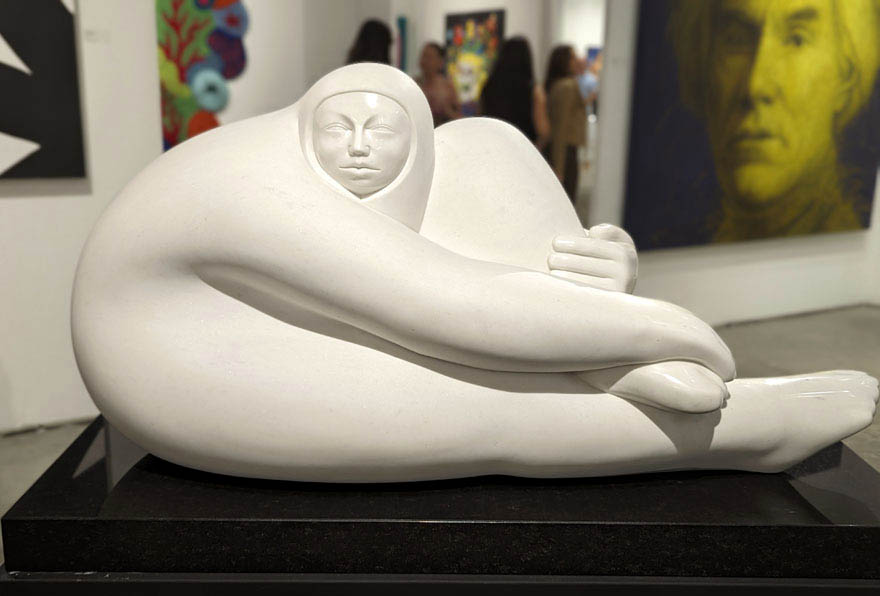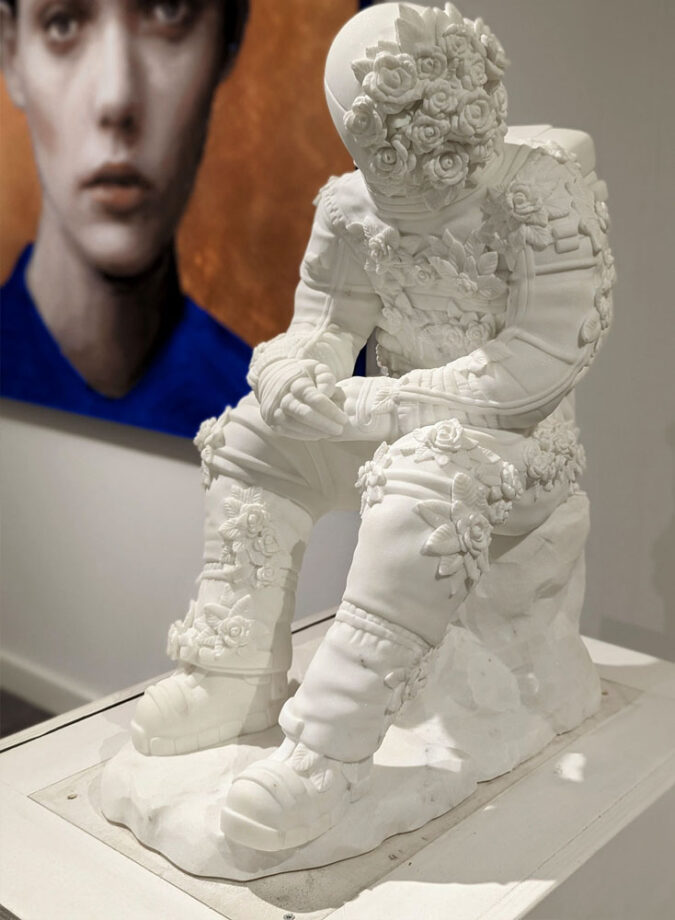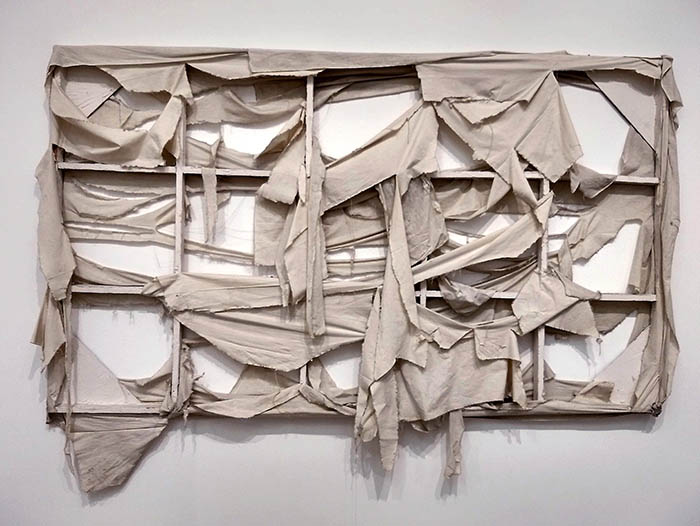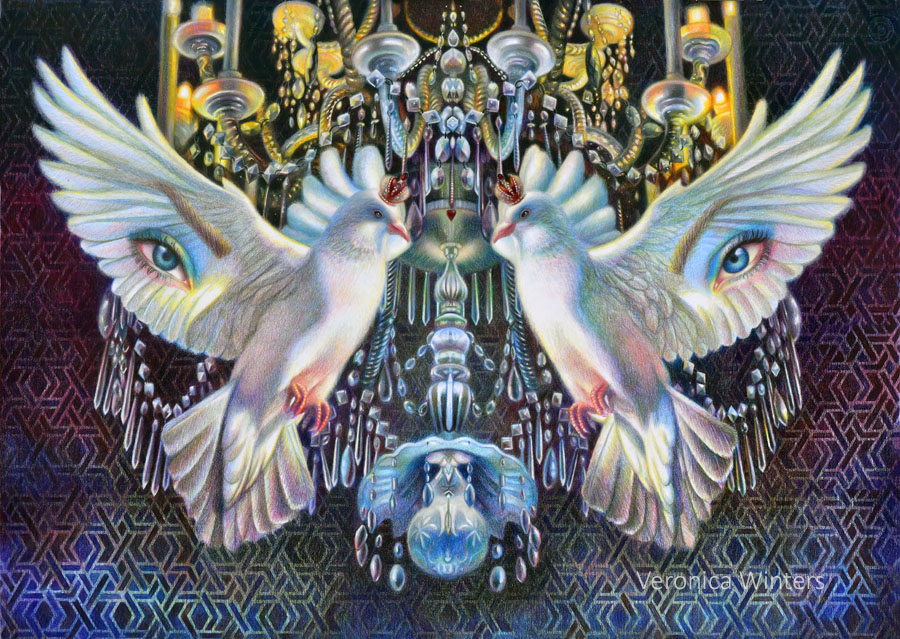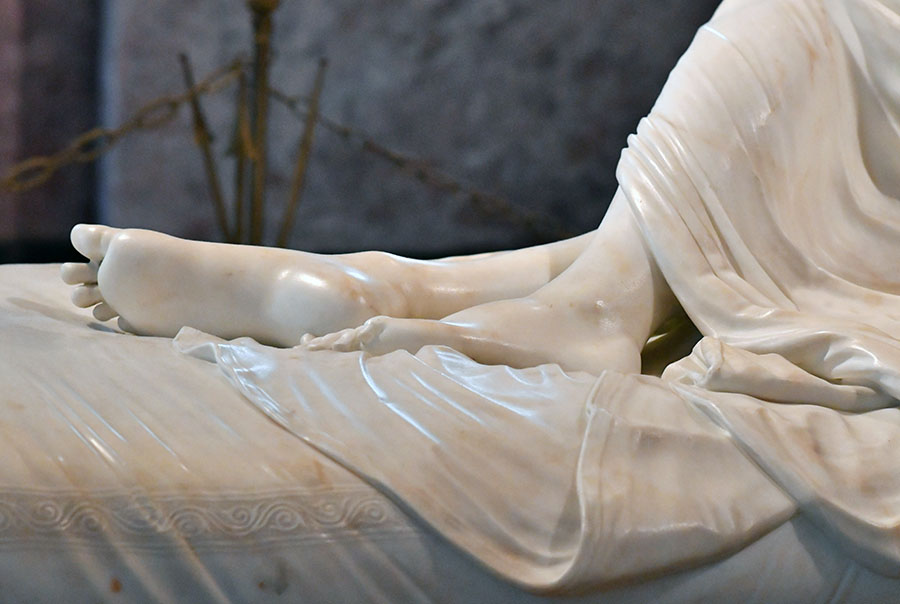
What is the color white? Is it the titanium white in oil painting? Or is it the color of your skin, feather, cream, silk, snow, kitty, pearls, chess, lace, car, flowers, crystals, swans, wall paint, clouds and the moon? Or is it the white of a happy smile, hope, or the light of your soul? Is it the blinding sunlight, the whiteness of an angel’s wings or purity and innocence of a child?
It seems that white represents no color. Yet, it means so much to us. The bride’s wedding gown. The white glow of the sublime. The ethereal beauty of a white Greco-Roman marble sculpture. White light. White face. White lilies. White room. White staircase. White dove. White snow. It’s either a clean start or cold emptiness. We see unity in the symbolism of white across many cultures but not all. White can mean either a wedding or a funeral.
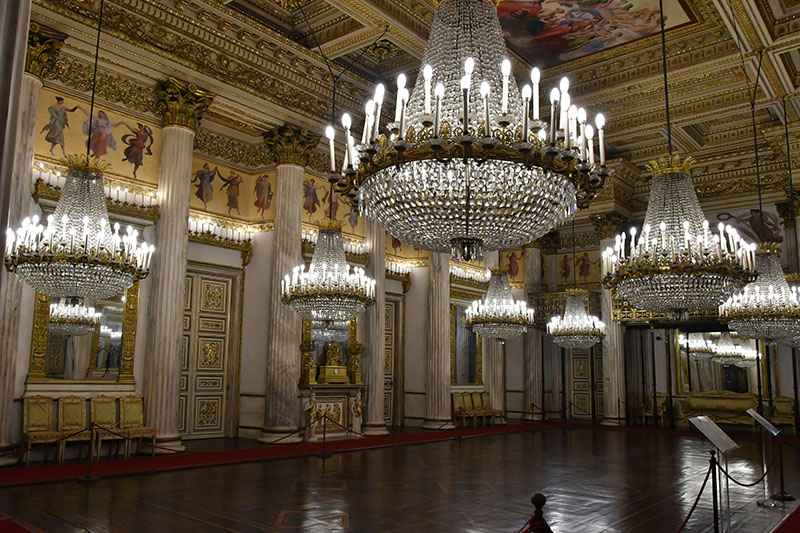
Video on YouTube: https://youtu.be/mMMiPF6OpQY
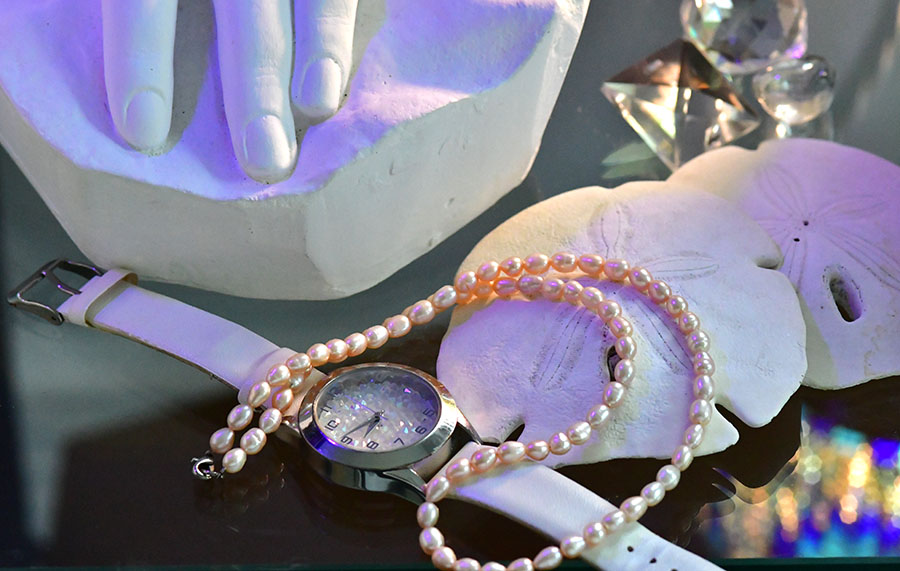
Technically, white isn’t a specific “color” like red or blue. When all the wavelengths of visible light are present and reflected by an object, we perceive it as white. In simpler terms, white is “all colors of the rainbow combined.”
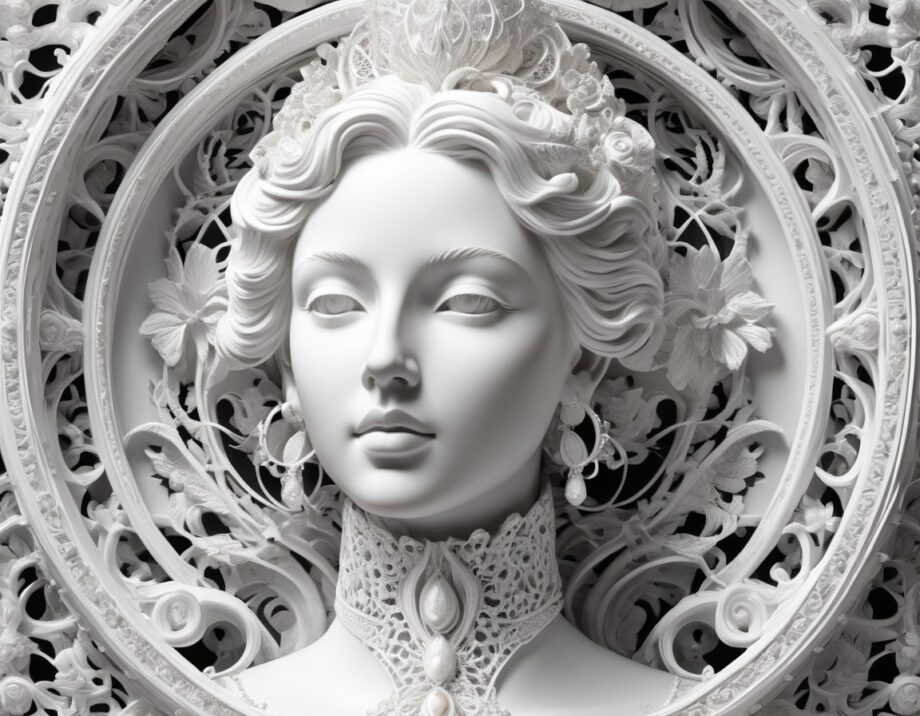
What is the color white technically?
The color spectrum & white
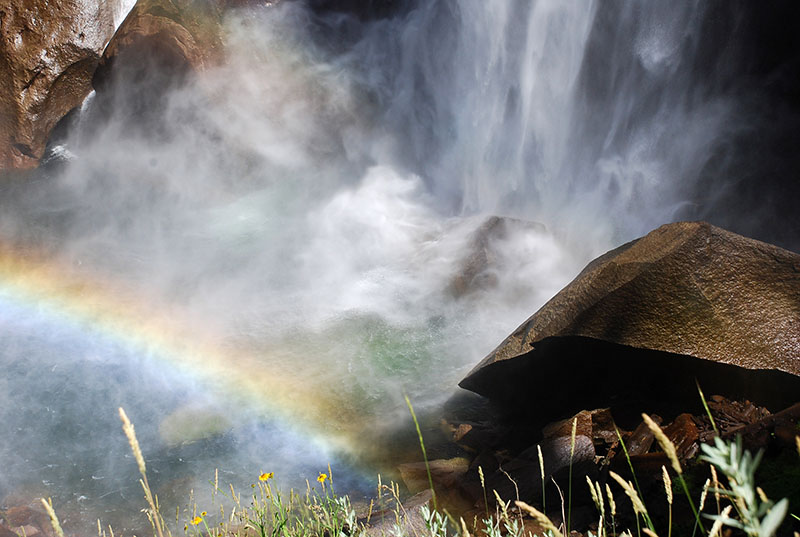

All the colors we see exist on the visible light spectrum, a range of wavelengths our eyes can perceive. Each color corresponds to a specific wavelength of light. White is an achromatic color, which means it lacks a “hue.” White light is “all colors combined.” ( We perceive black when an object absorbs all wavelengths of light instead of reflecting them. An opposite to white, black is the absence of reflected light).

What is the color white in oil & acrylic painting?
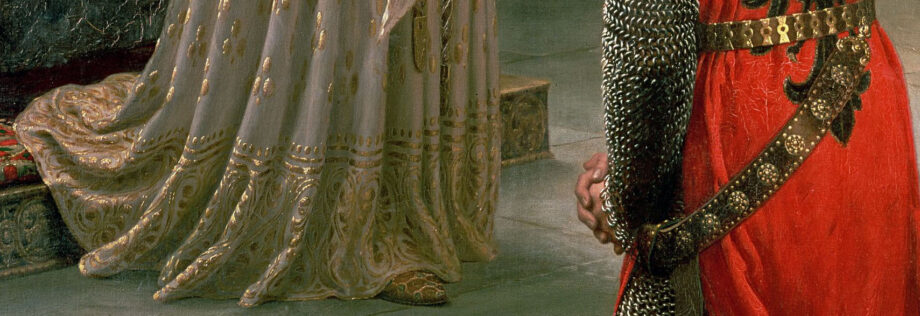
While prehistoric art got created with a white chalk made of the mineral calcite, white oil paint has a different composition and history. In oil painting, the ideal opaque white is neither warm nor cool. For generations artists painted with lead white until the 19th century when everything changed. Companies began to mass-produce art supplies including watercolor and oil paint. No more hand-grinding of pigments!
White comes from substances like titanium dioxide, lead carbonate, calcite or zinc oxide. Zinc white has zinc pigments. Flake white is a softer, warmer white that used to have lead in it. Flake white is found in early Chinese painting. Kremnitz white, Venetian white, French white and Dutch white were also based on lead carbonate and lead hydroxide. Flemish white is based on lead sulfate. Cool color, the Titanium white is the strongest and most opaque white used by most contemporary artists today. A vast majority of the manufactured white pigments don’t have toxic lead in them. However, such paint is a lot more brittle and susceptible to the environmental changes, especially if it’s mixed with the safflower oil and not the linseed oil.
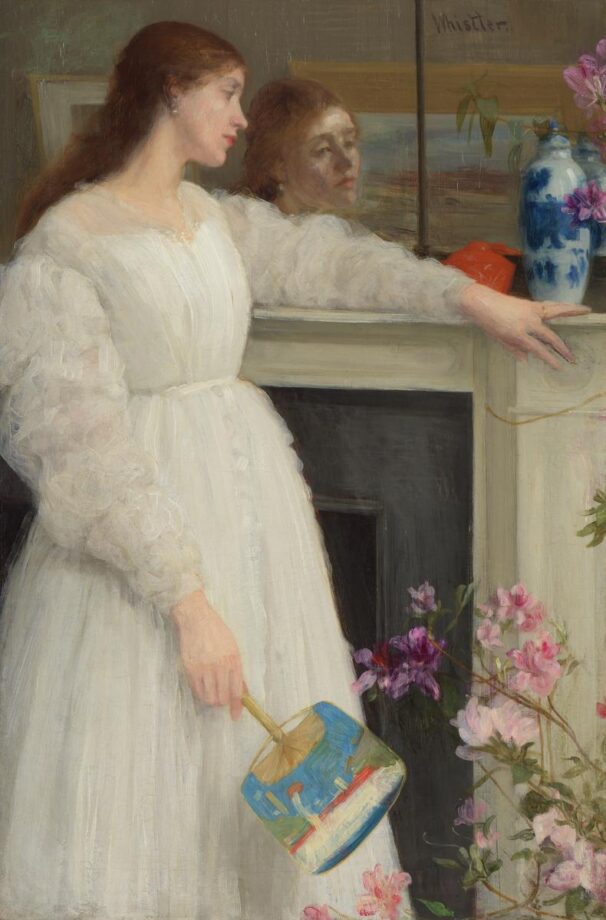
In this painting the artist painted his mistress wearing an airy white dress – Jo Hiffernan with whom he lived for a decade. “The Little White Girl” is one of three Whistler paintings known as “Symphonies in White.” Out of three paintings, I think this one is the most successful because the woman looks real and the white gown is also beautifully painted.
Joyce H. Townsend, Senior Conservation Scientist, Tate, London, and honorary professor in the School of Culture and Creative Arts, University of Glasgow wrote about her experience of seeing te shades of white when old, lemon-yellow varnish got removed in 2021. This varnish removal revealed a range of beautiful, soft whites Whistler painted in the dress that included crimson red lake, red ochre, yellow ochre, blue ultramarine, and bone black, painted over a thinner layer of dark gray for the grate according to the conservation scientist. As you can see this range of whites got painted to capture the surrounding colors of the model cast from the pink flowers, blue vase and fireplace.
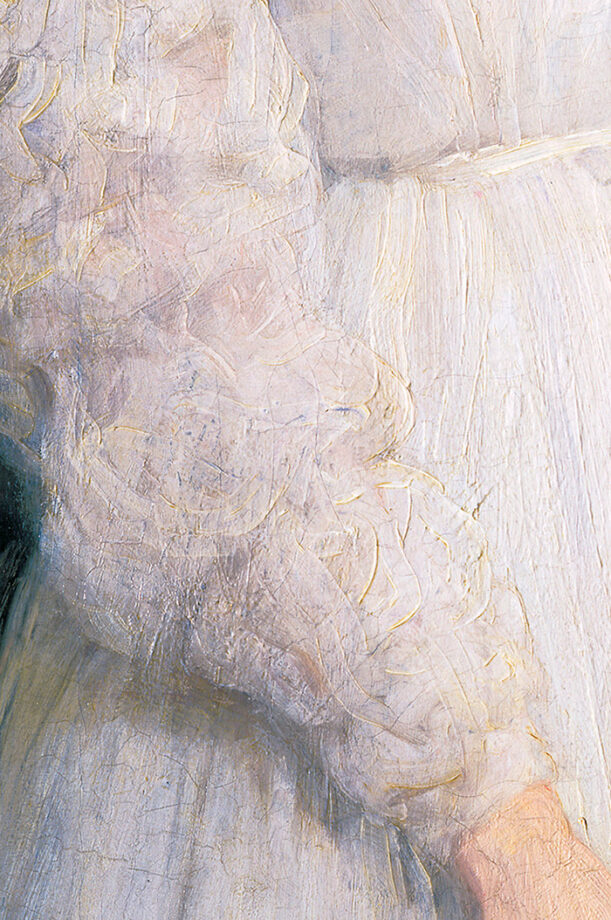
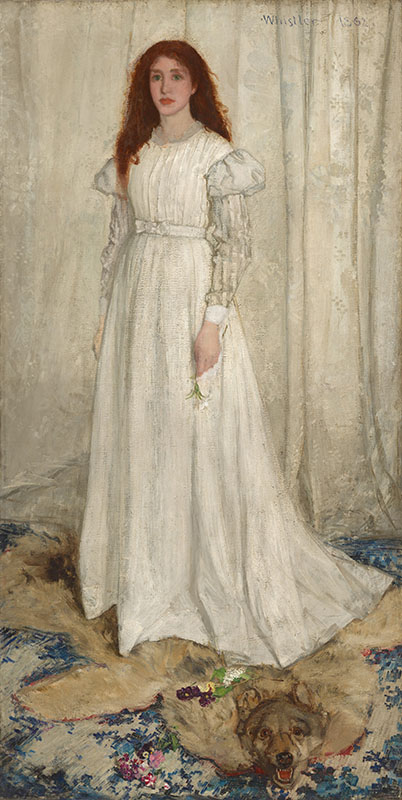
All three paintings were influenced by the Japanese art as the country opened itself in the 19th century. Just like the Impressionists, Whistler took the unusual elements of the Japanese woodblock printing to stylize his art. Artists borrowed cropping, the point of view, flatness of space and emphasis on patterns of color.
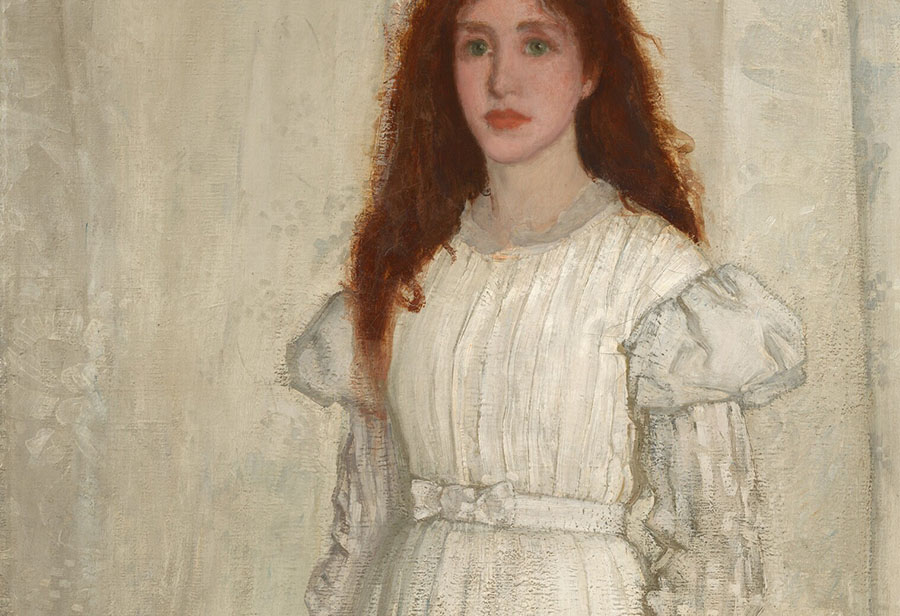
A modern invention, acrylic white is a chemical-based paint that’s made of pigment suspended in an acrylic polymer emulsion. It’s also made of plasticizers, silicone oils, defoamers, stabilizers, or metal soaps. Unlike oils, it’s water-based and dries super quickly. Used in house painting, acrylic paint dries to be water-resistant. Some artists love painting with acrylics while others don’t. Unique properties of each paint fit different creative personalities.
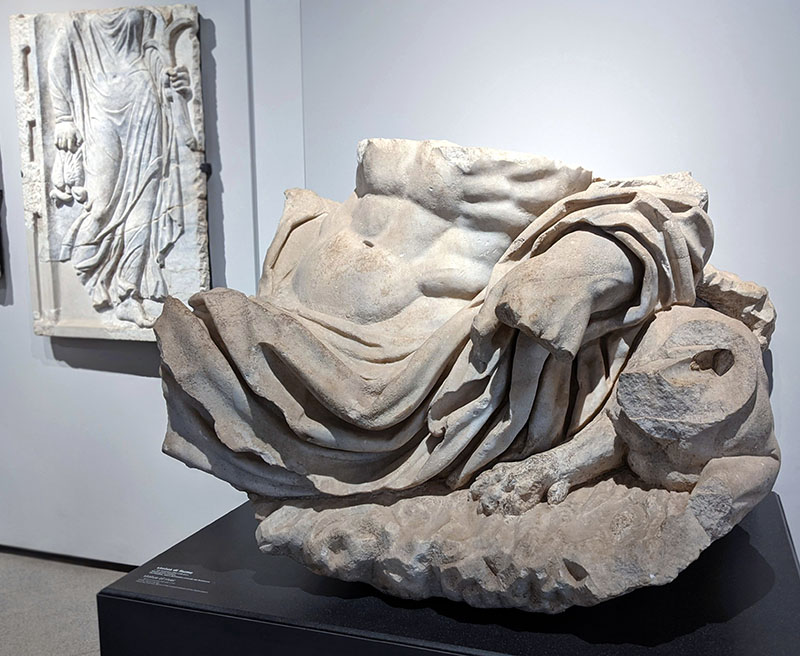
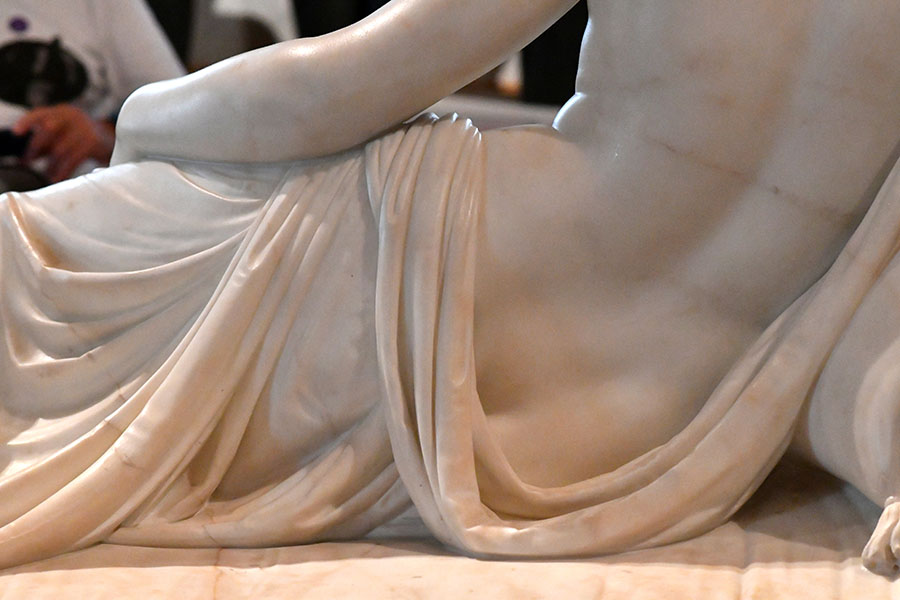
What are the shades of white?
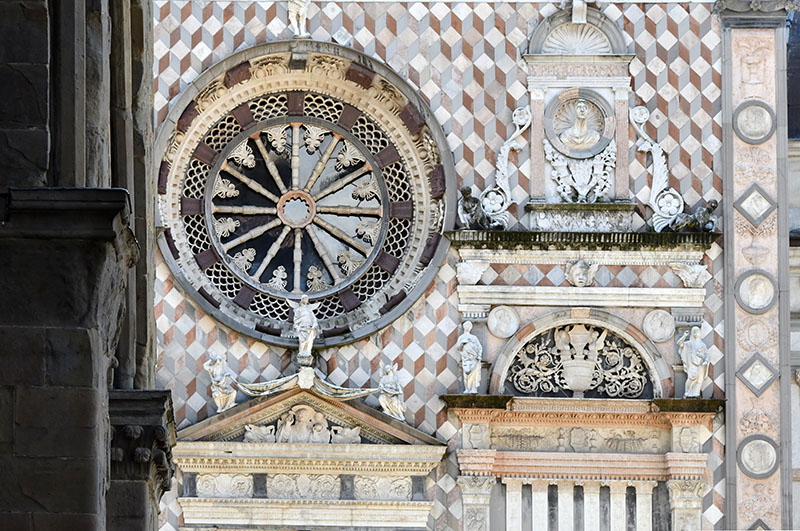
While most people don’t think of white having shades, artists and creatives perceive a wide range of subtle variations of white while creating their art. Normally, we don’t see the difference between the shades of white unless we chose a wall paint in a hardware store or look at the neatly stacked rows of clothes in a shop.
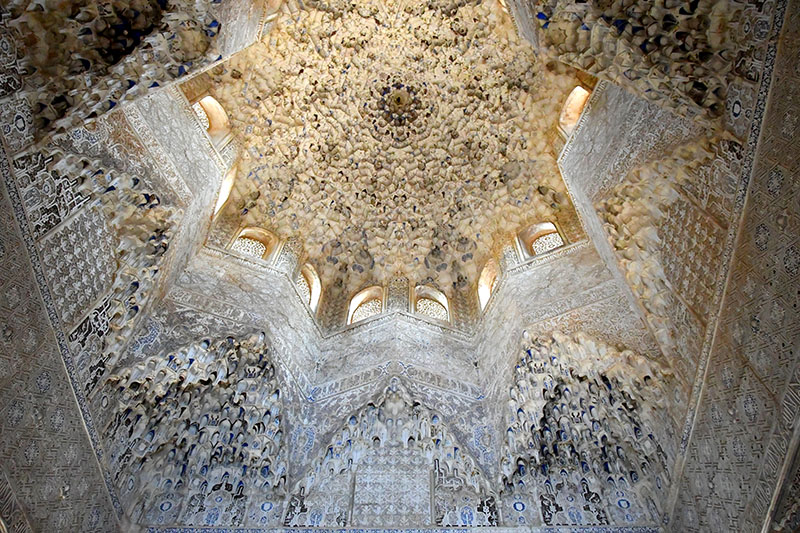
White should be neutral but it’s often either warm or cool. Warm whites have a hint of yellow to create a sense of warmth and coziness. Ivory, eggshell, cream, antique white, vanilla, and beige are the shades of warm white.
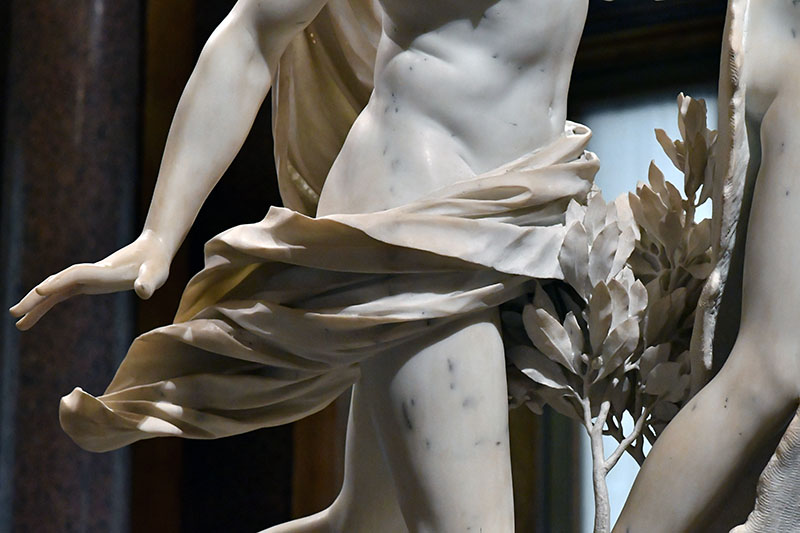
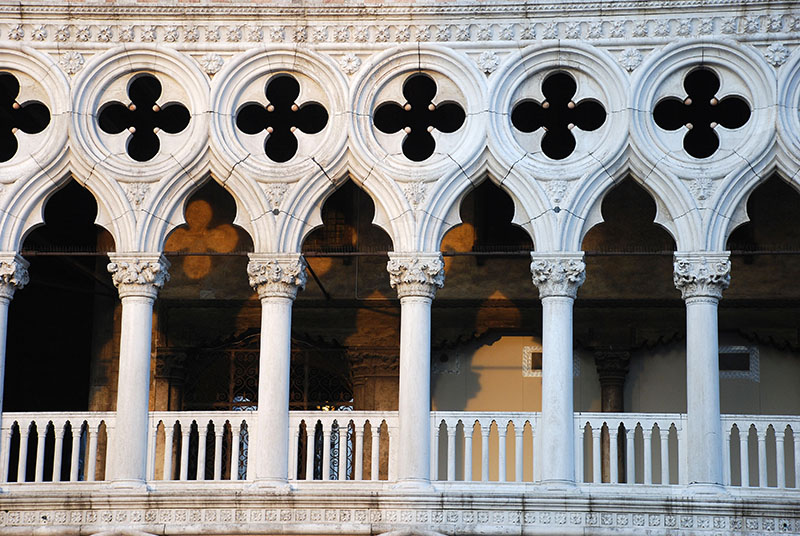

Cool whites have a bluish-grey undertone giving a sense of timeless airy feel. Alabaster, pearl, white smoke and snow come to mind describing cool whites. But not all snow scenes are created equal. Some snow scenes have warm, yellowish color and bluish shadows seen under the sun.
Shades of white could also lean towards a specific color like pink, peach or green. Seashell white is a soft, pinkish-white reminiscent of the delicate hues of seashells.
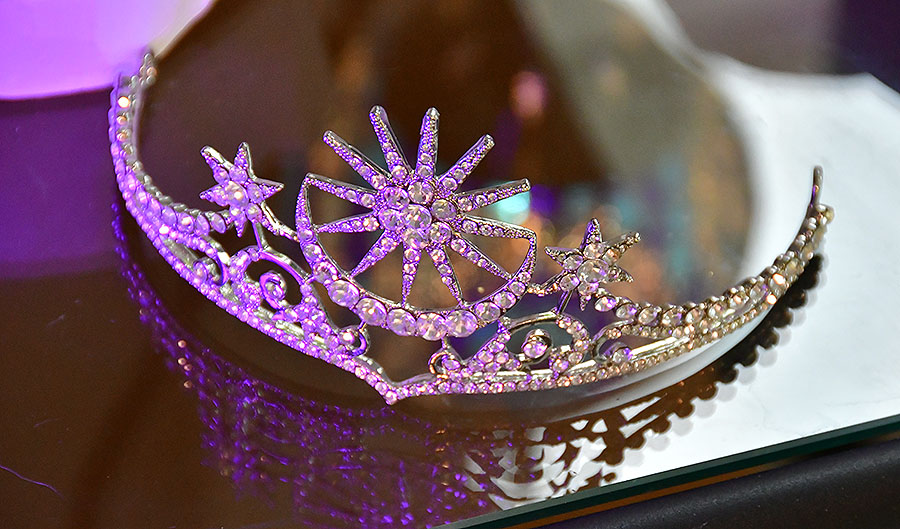
One of my favorite artists is John Singer Sargent. I love his use of bold brushstrokes, color and richness of paint he achieved in his large-scale canvases.
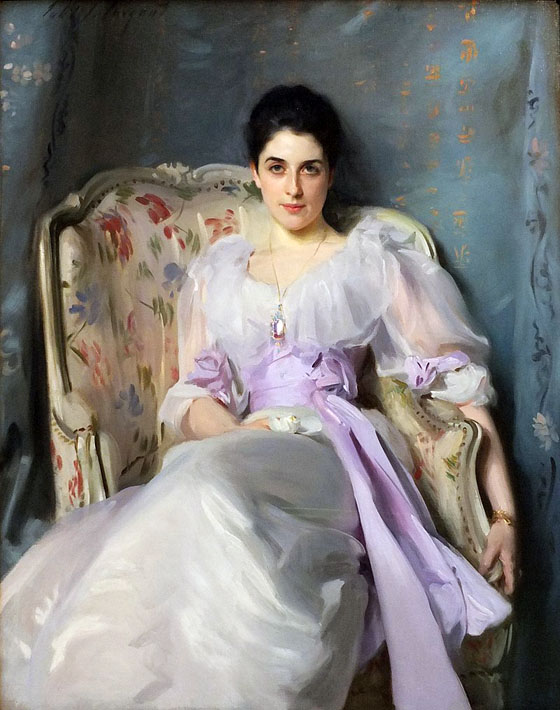
I’ve seen this painting hanging at the entrance to the art museum in Edinburgh, Scotland. The artist painted ultra wealthy individuals and often participated in the arrangement and choice of gowns on his models. According to the museum’s notes, living a lavish lifestyle, Gertrude had to sell several paintings including this one to the National Gallery of Scotland in 1925!
Regardless, I love how fluid and beautiful the white fabric is here. Look at all these shades of white!
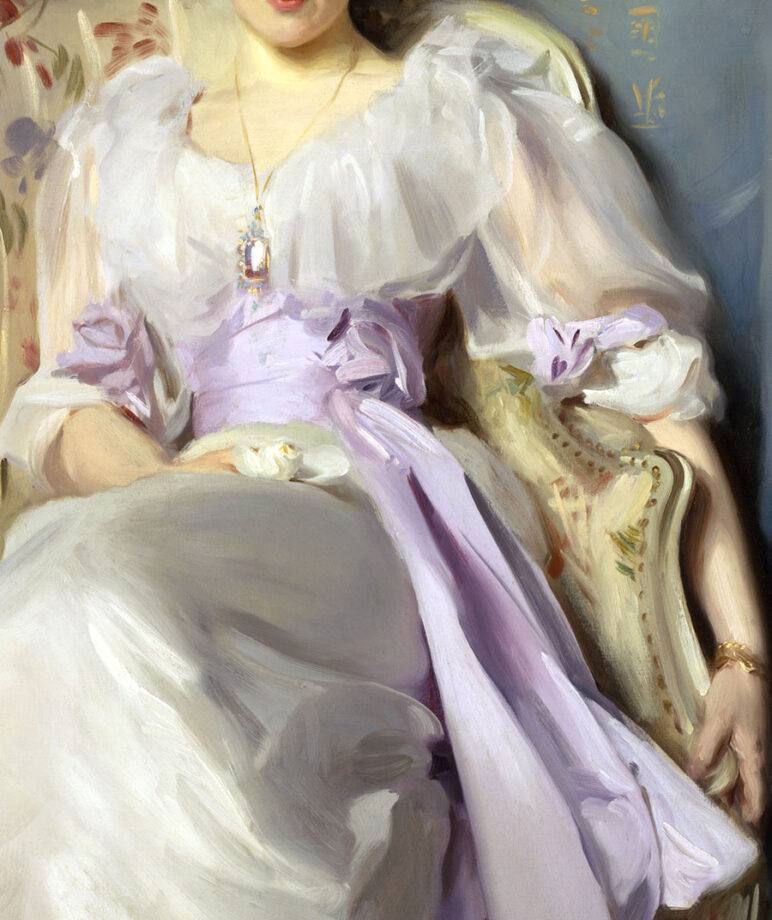
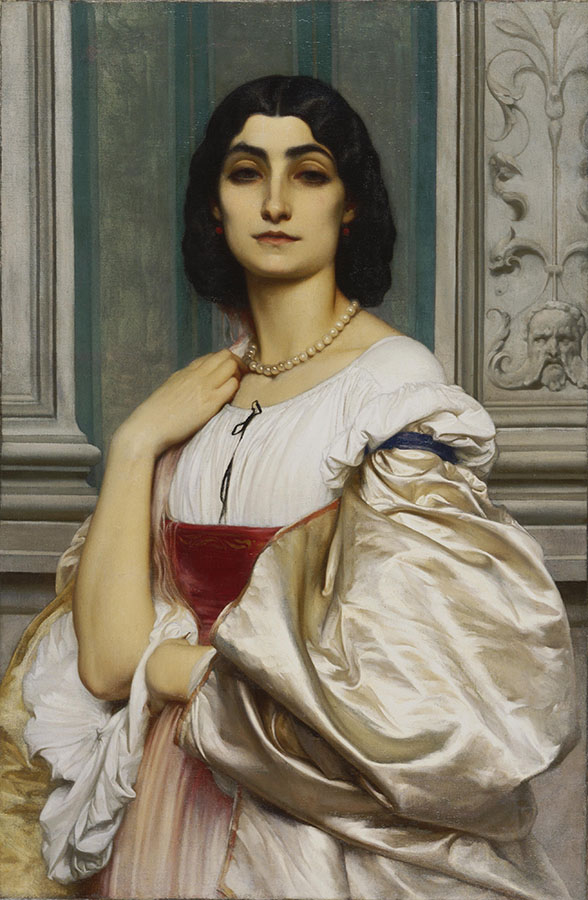
Dimensions: 31 1/2 x 20 1/2 inches (80 x 52.1 cm), 1859, Philadelphia Museum of Art
While her face appears artificial lacking life and character I love how the artist painted all these different white garments! They range from neutral white in her robe to a warm white of silk cover to a pinkish white skirt. Also, a single string of white pearls matches the warmth of the silk. The background has some white elements that are greyed down and subdued to bring the figure forward.
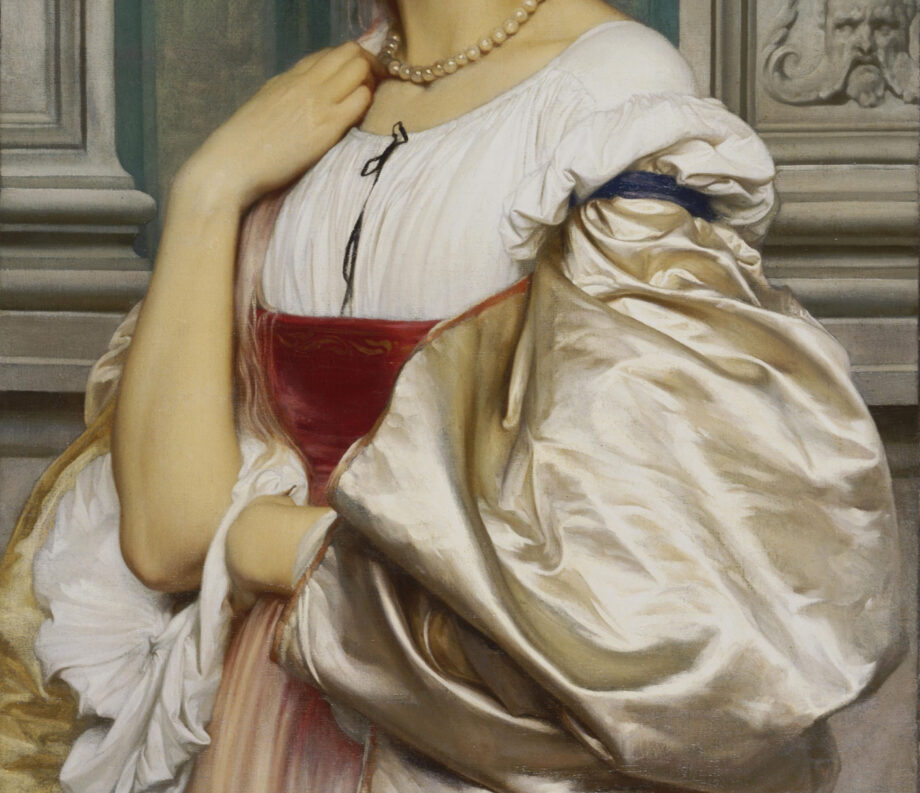
The Symbolism of White across Art History
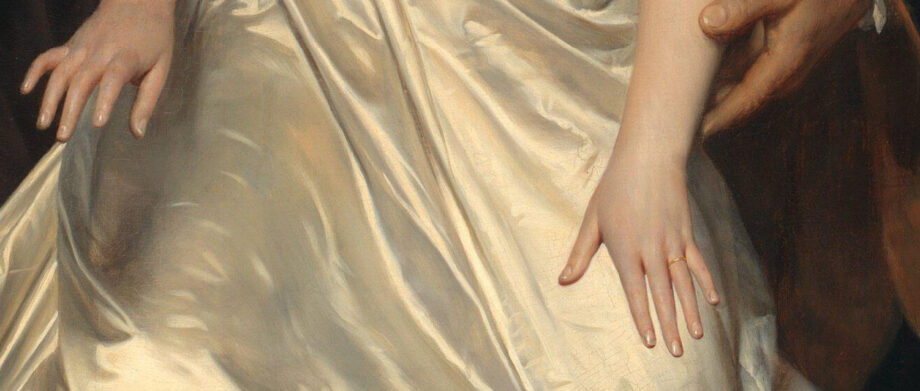
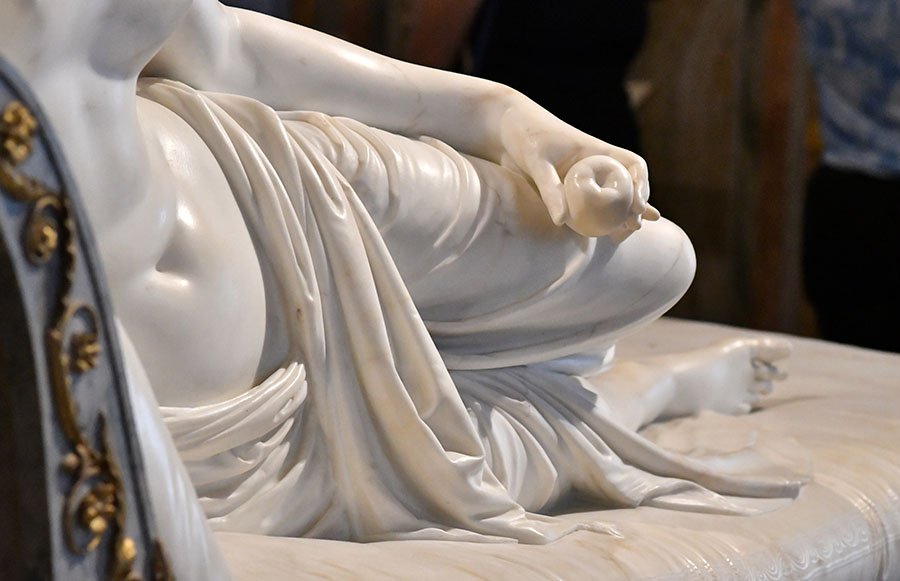
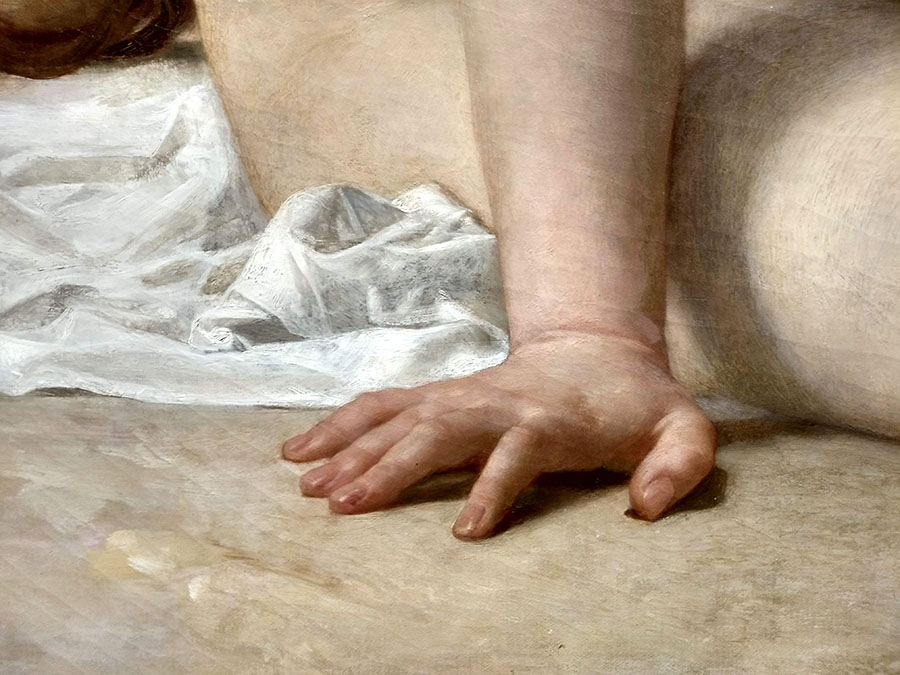
The symbolism of the color white is quite astonishing if we think about it. There are universal associations with this color as well as the nuanced meanings of white depending on culture or context. One color. Two opposite associations.
Positive associations with the color white
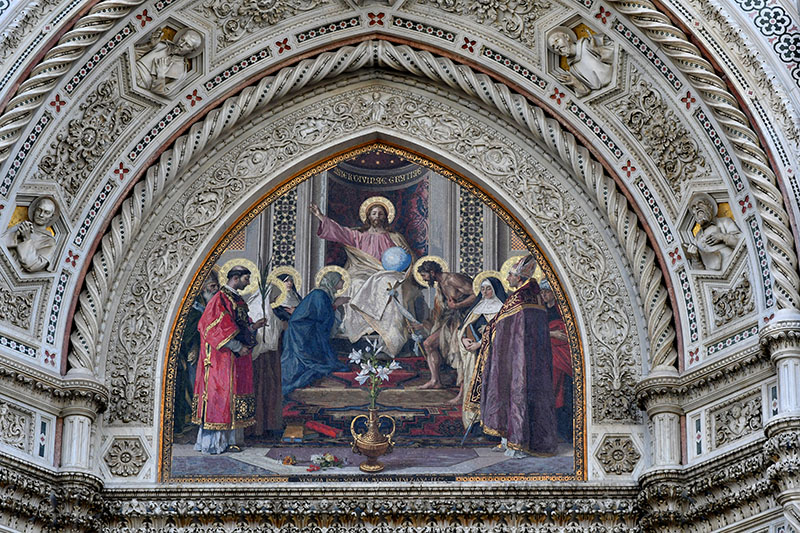
In Christianity white represents purity, innocence, divinity.
Think of the white angels, white robes of monks and heavenly figures, a white dove or the white lilies of the Virgin Mary.
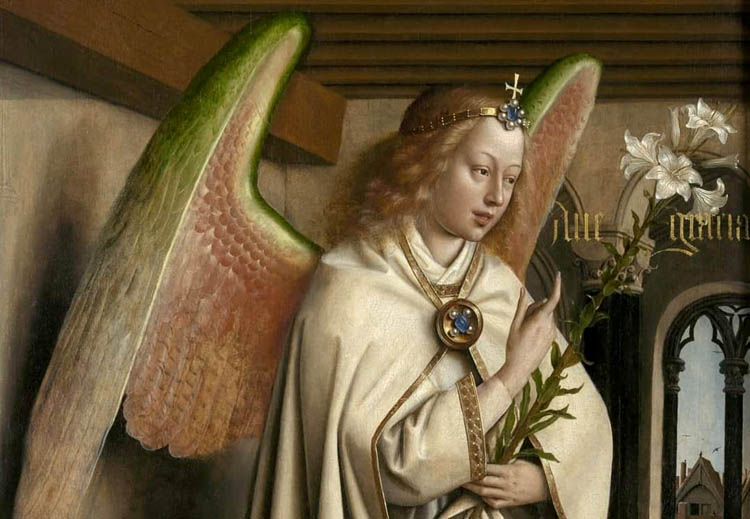
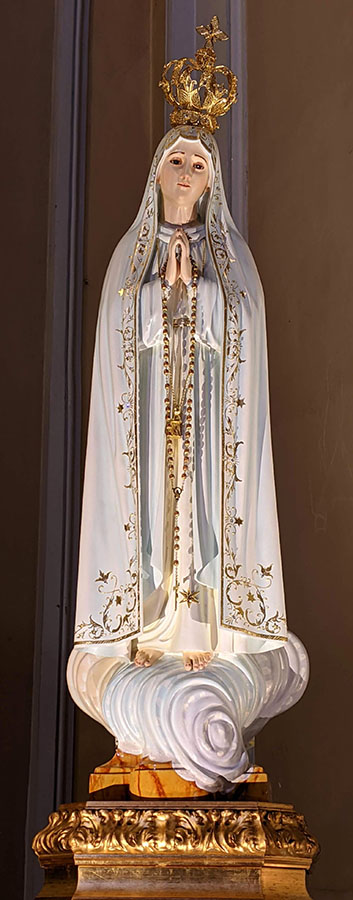
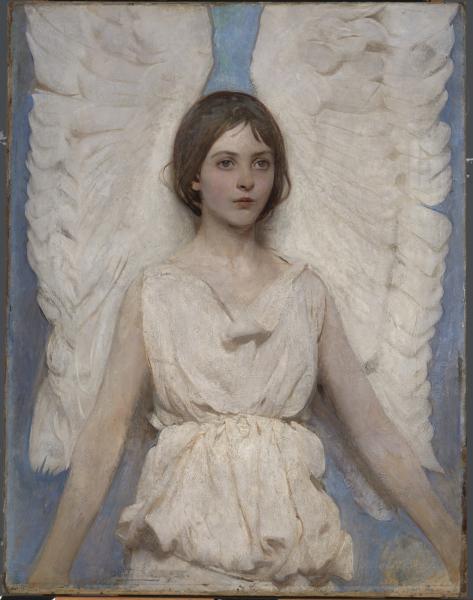
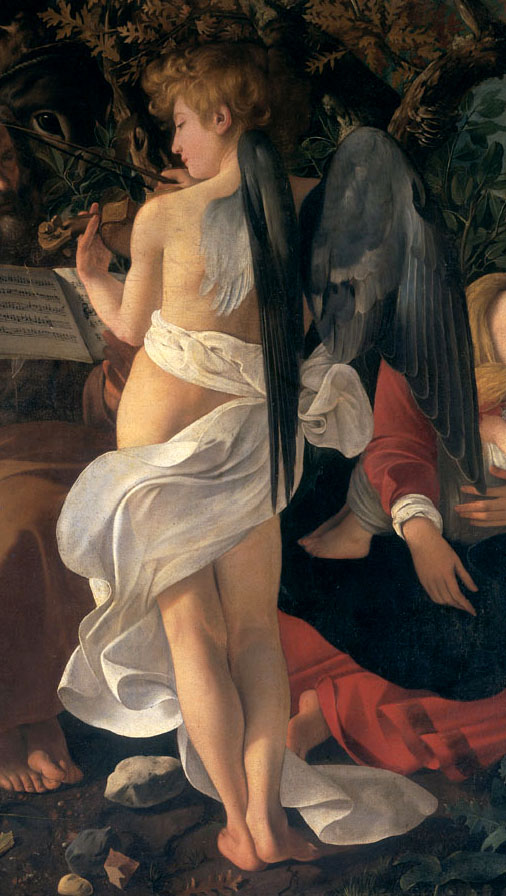
While the white clothing is ceremonial of passing into another world or Heaven, the ethereal glow of white light represents heaven and the divine, spiritual purity, enlightenment and truth.
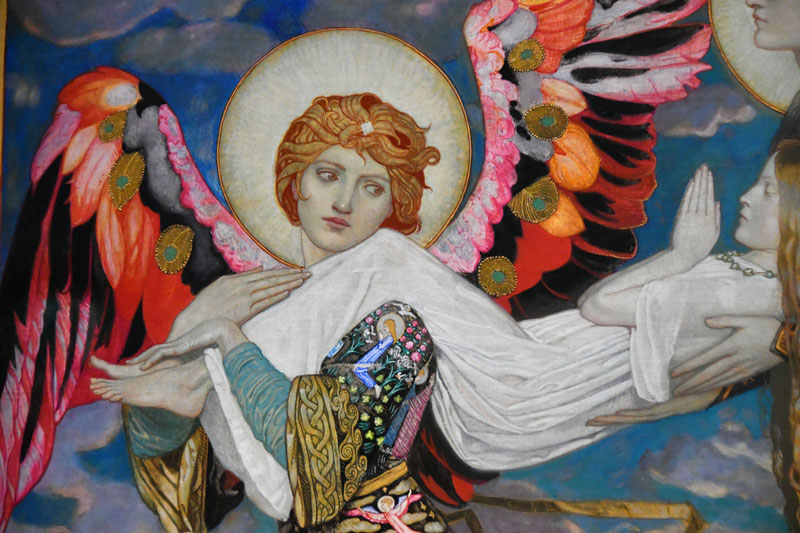
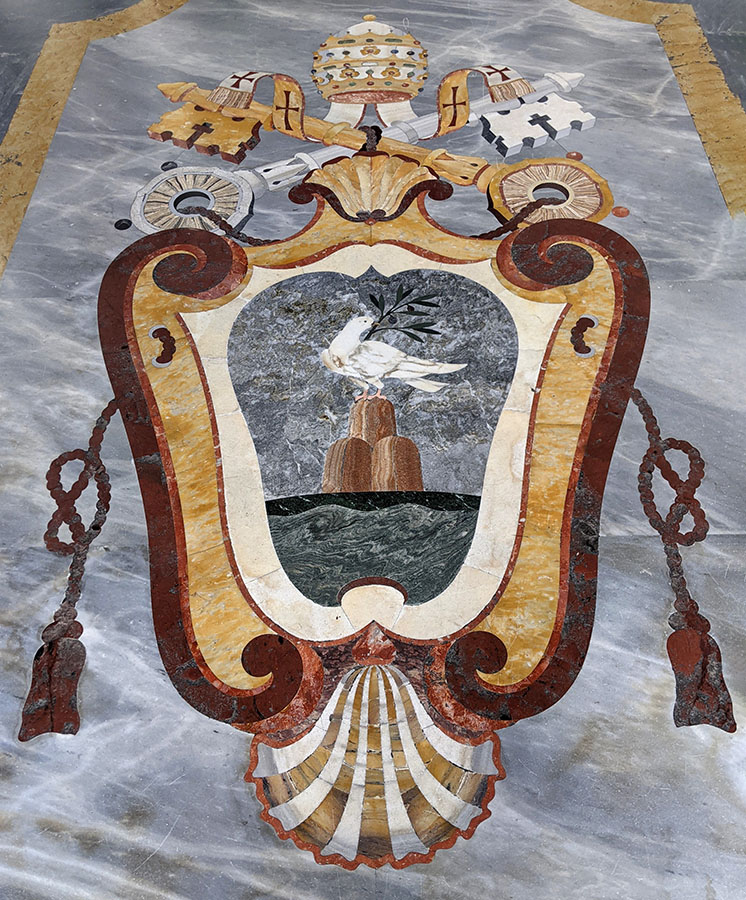
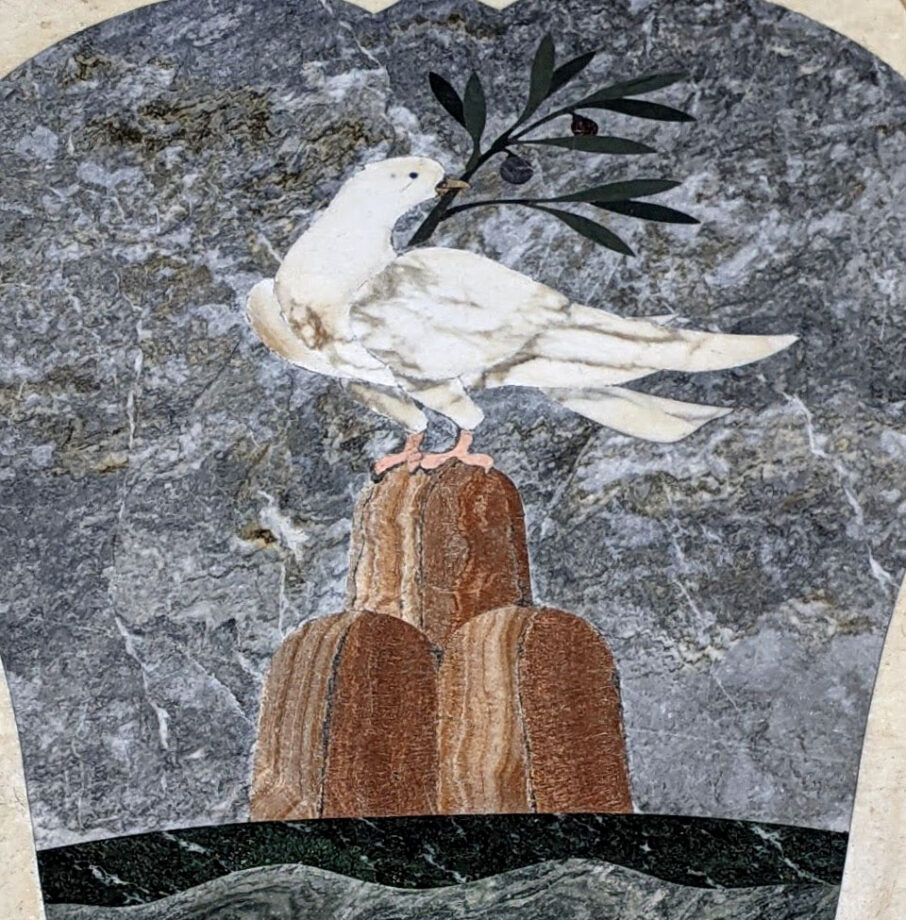
White dove or the Holy Spirit is a symbol of peace, forgiveness, hope and love. In art, it forms the Trinity and flies in rays of sunlight with an olive branch in its beak.
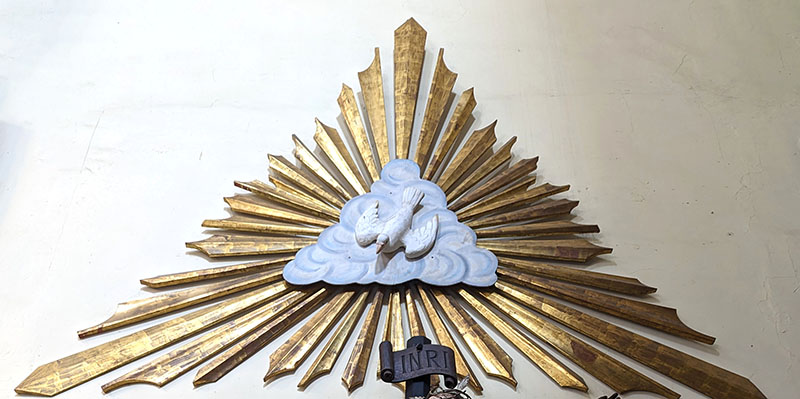
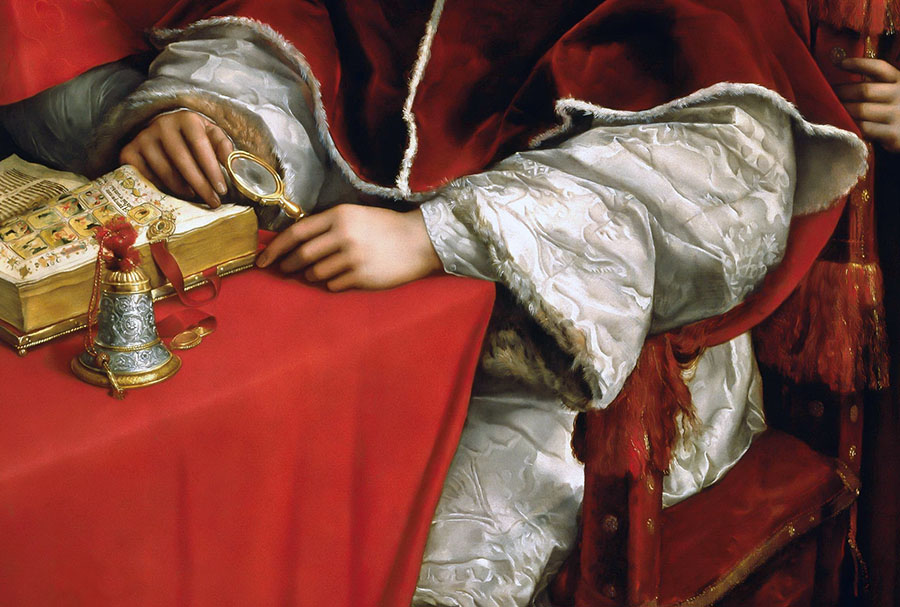
White can symbolize hope, innocence and royalty in ceremonies.
A white wedding gown means innocence and pure perfection especially of a young bride. White is the color of light and white pearls communicate similar symbolism.
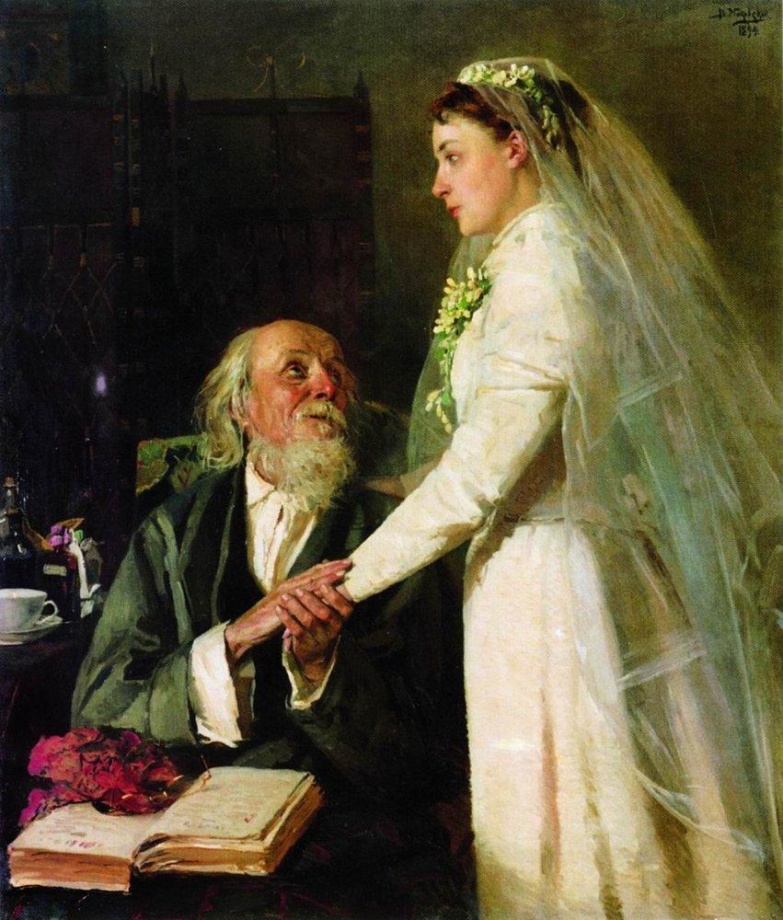
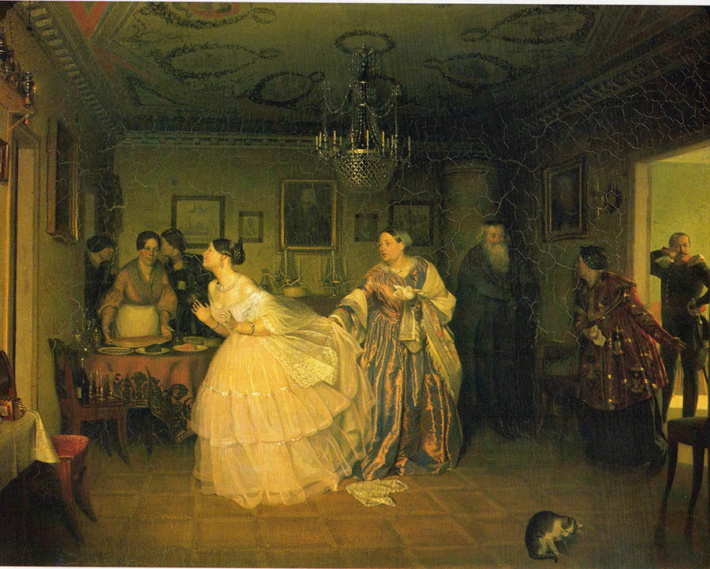
James McNeill Whistler (1834–1903), Symphony in Flesh Colour and Pink: Portrait of Mrs Frances Leyland, Image source: Frick Collection, NY., Henry Clay Frick Bequest, 1916.1.133
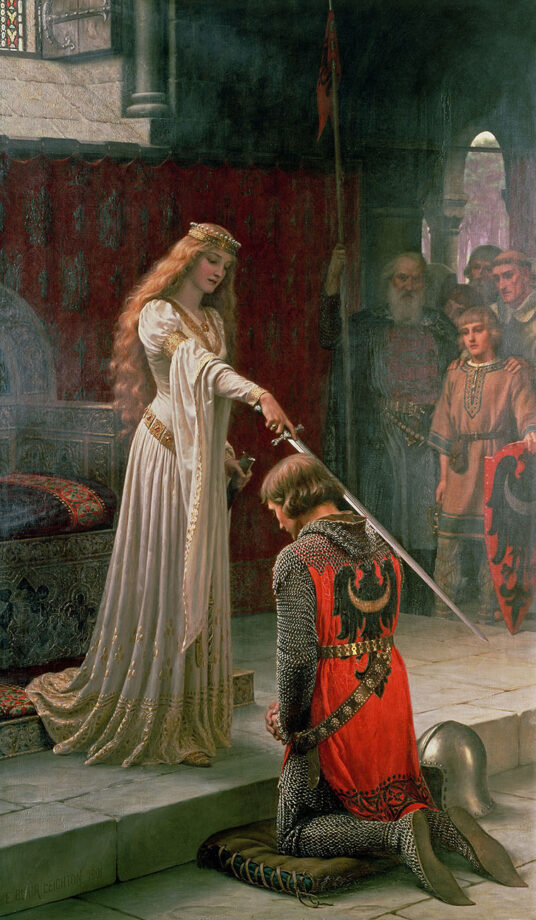
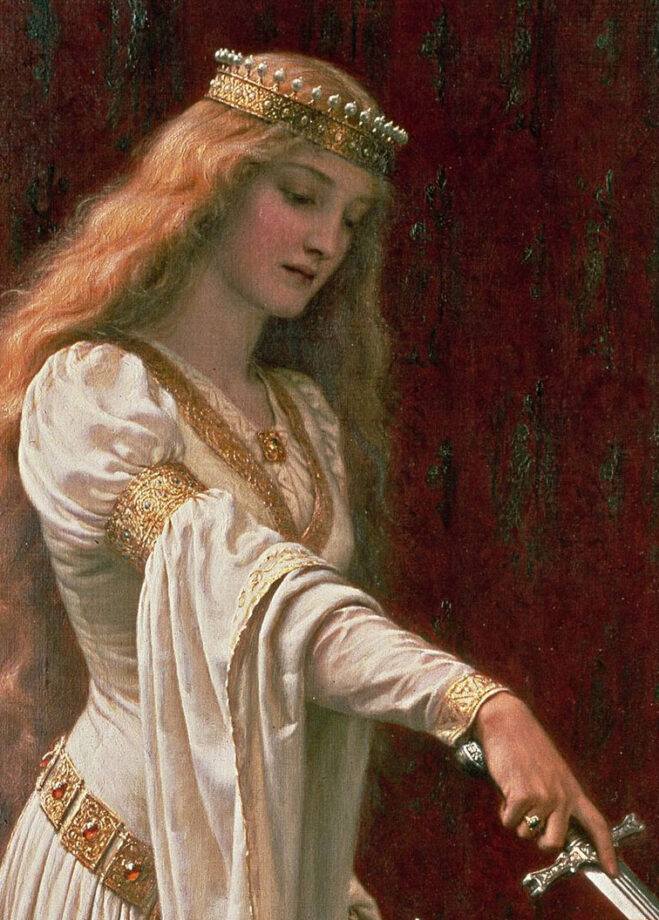
White can represent royalty.
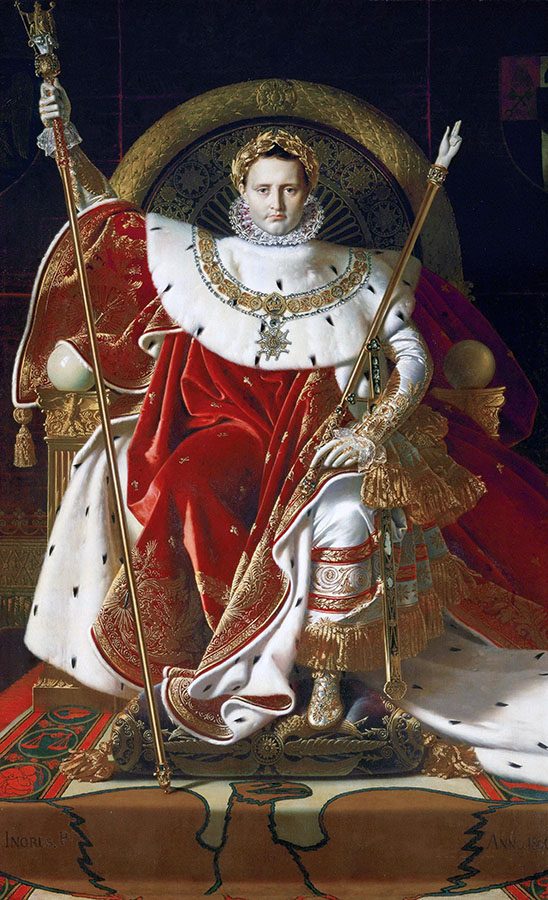
In this painting you can certainly admire a perfect balance of color, lines, objects, textures and symbols captured in one painting. The artist’s composition is a reversed triangle. Both composition and realistic textures are reminiscent of Jan van Eyck’s painting.
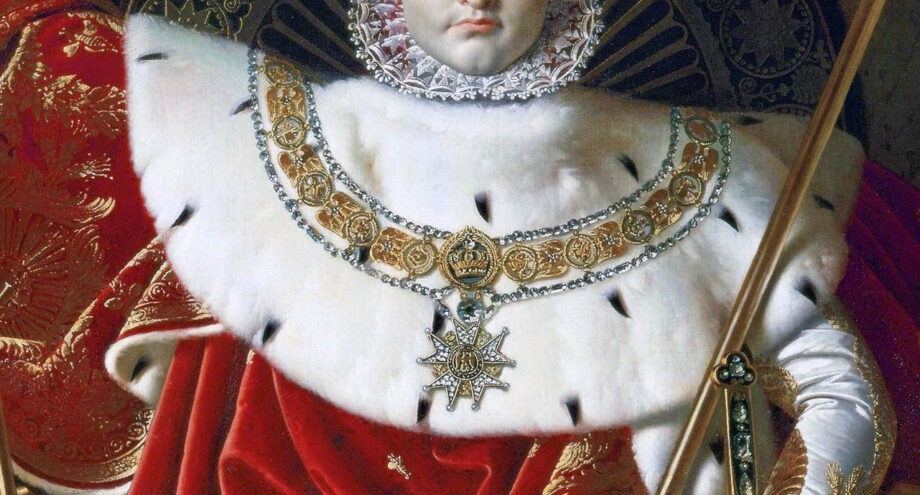
French artist, Ingres puts a lot of symbolism into this painting depicting Napoleon as a ruler blessed by God. Napoleon looks like a religious icon. The artist bestows a Roman-like golden laurel crown onto his head and paints a circular-shaped throne behind him to suggest the divine power of the ruler. White ermine fur incircles the Napoleon’s neck – the symbol of royalty. The emblem of bees seen throughout the Vatican can be noticed on this lush, red cloak. The golden bees represent immortality and resurrection, while the Eagle represents military might. You can read about life and work of the artist in a concise book titled “Ingres” Karin H. Grimme.
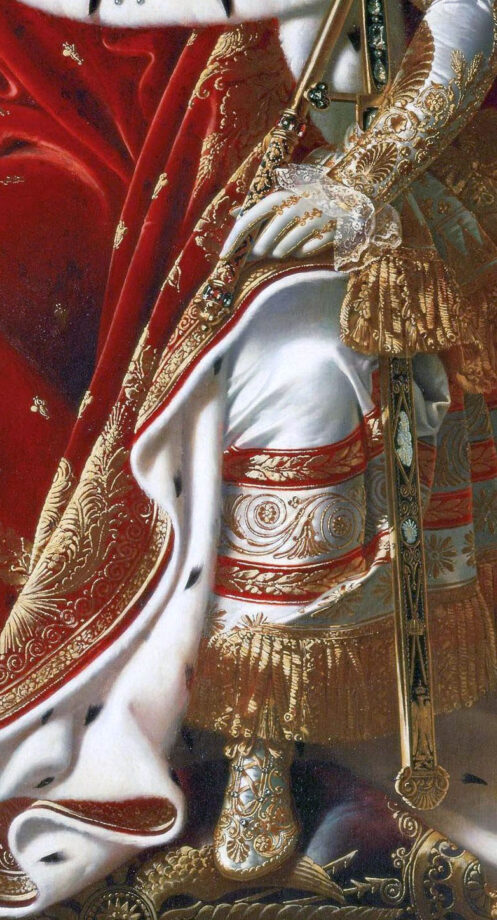
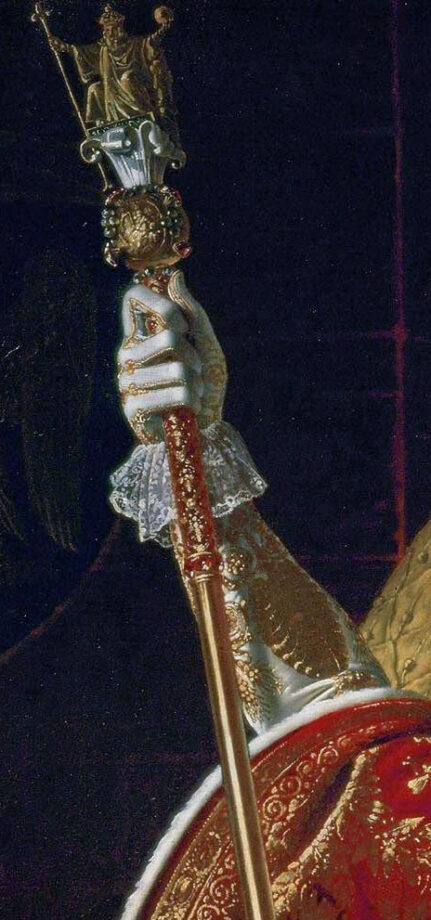
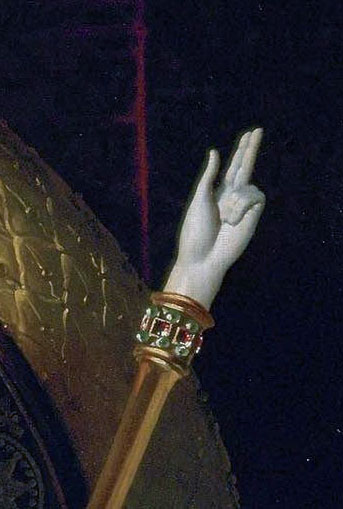
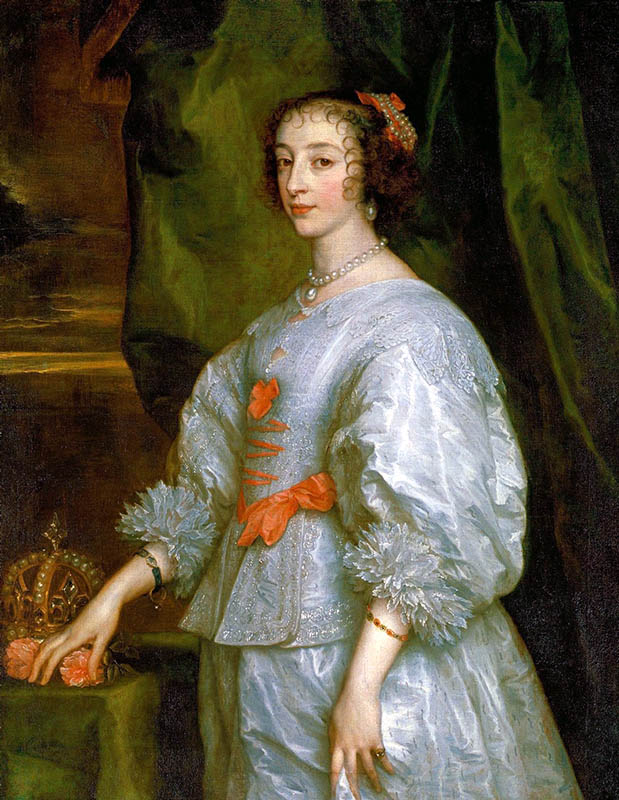
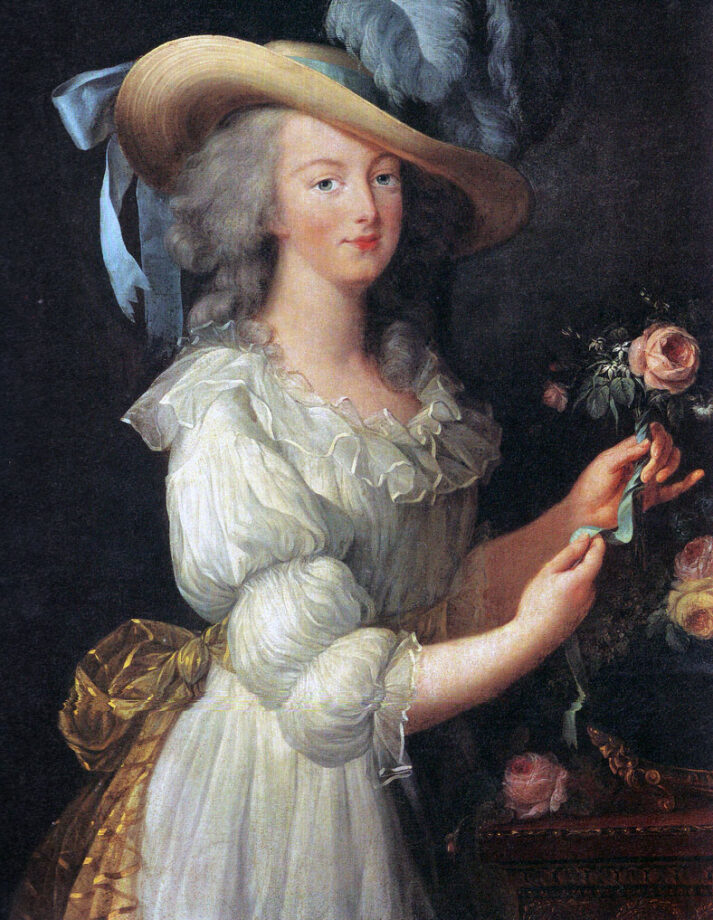
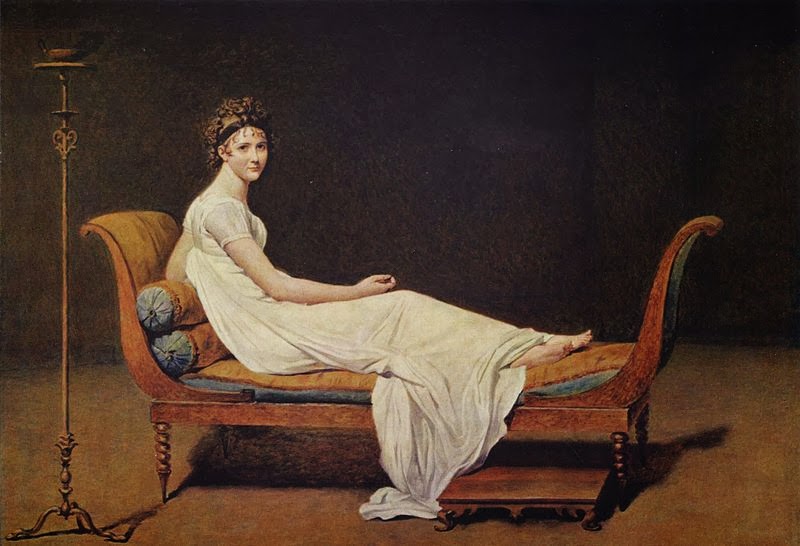
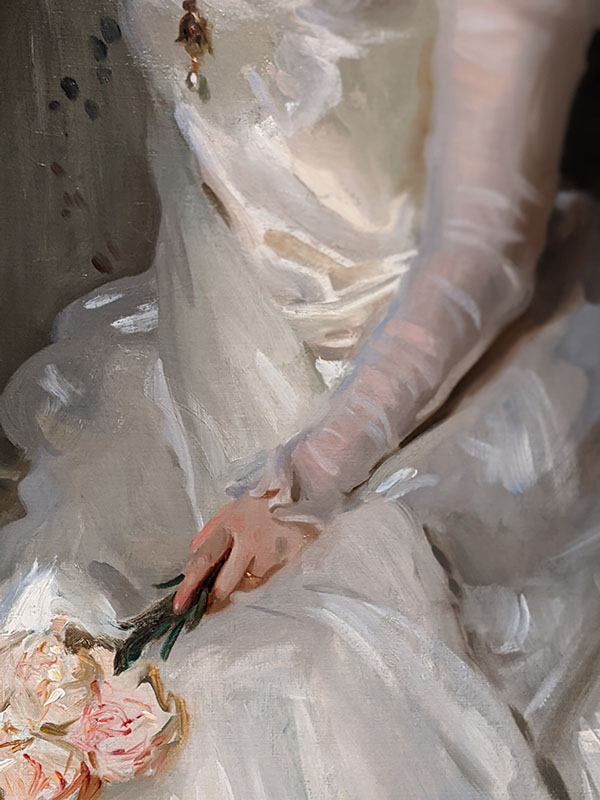
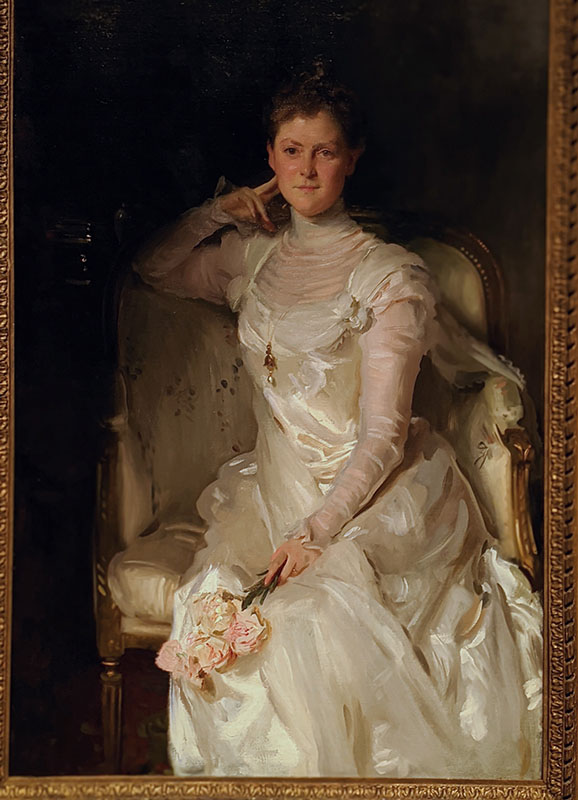
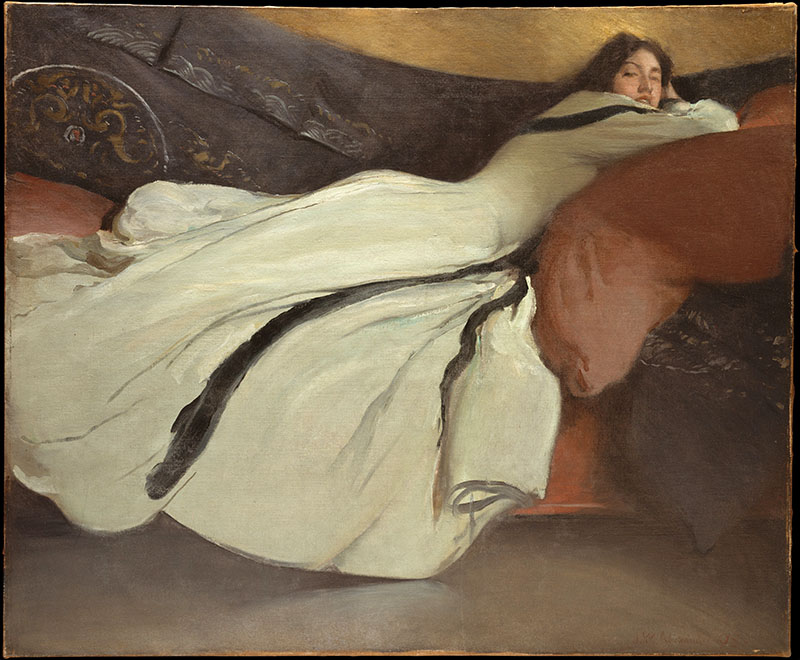
White is Heaven.
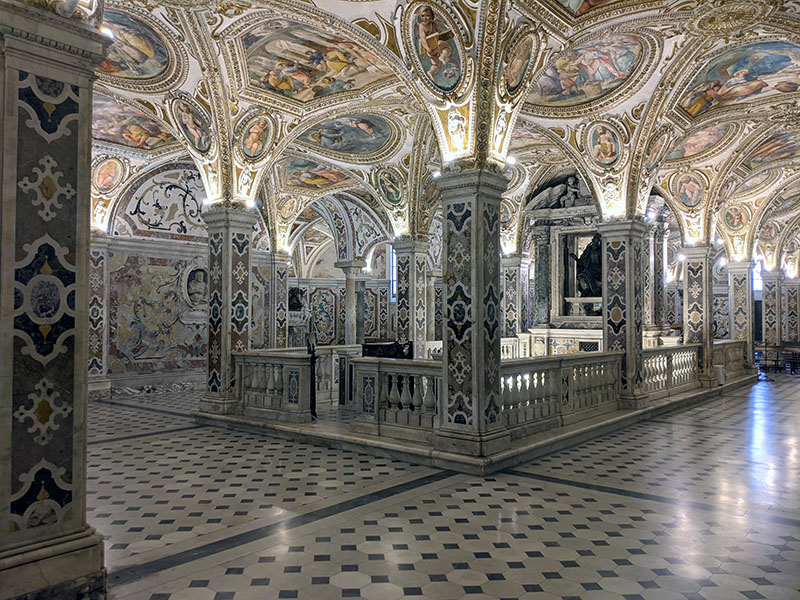
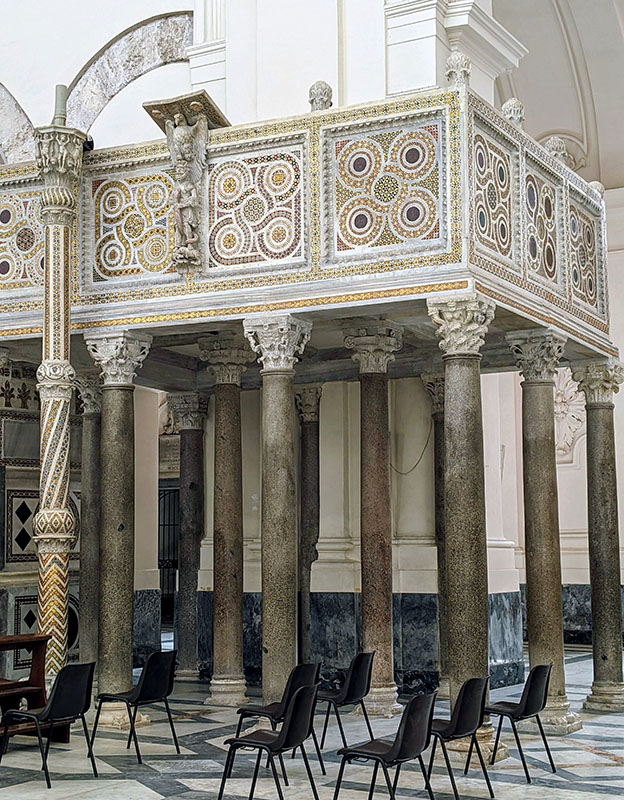
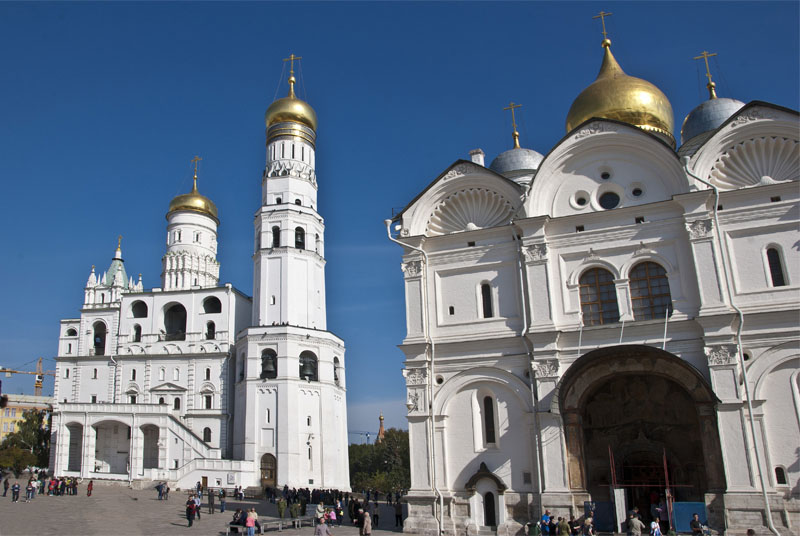
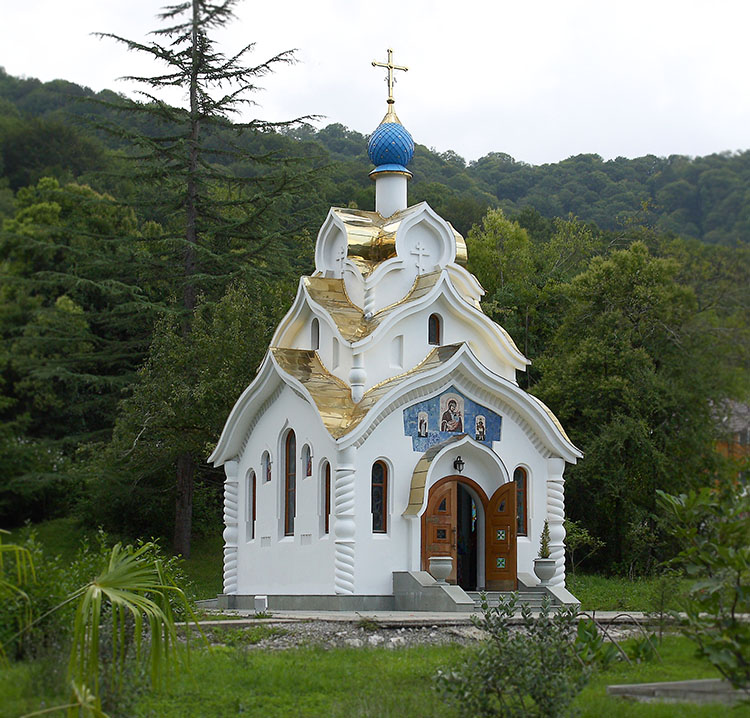
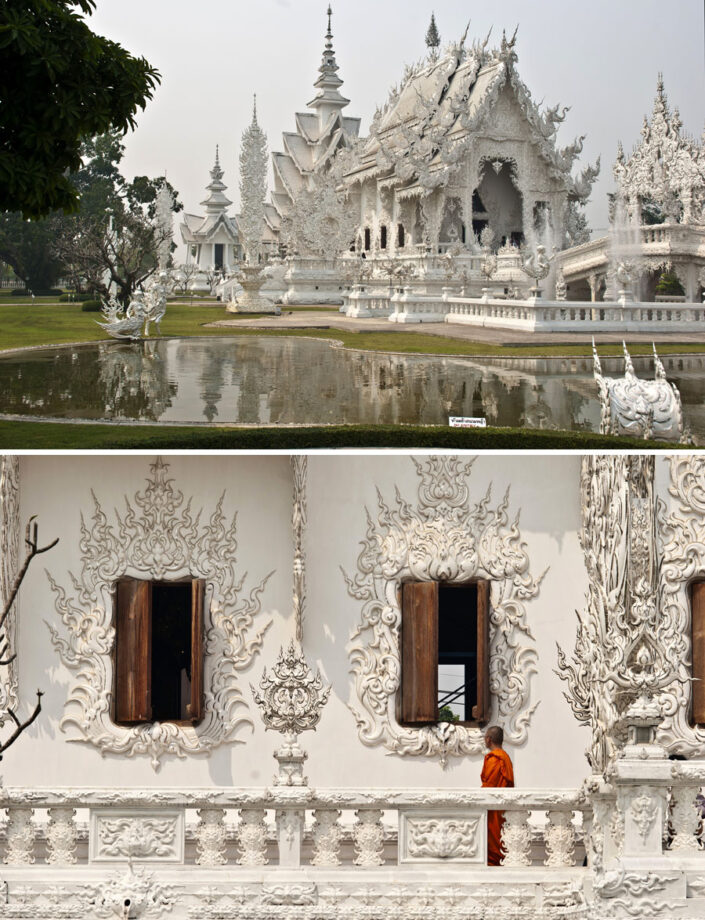
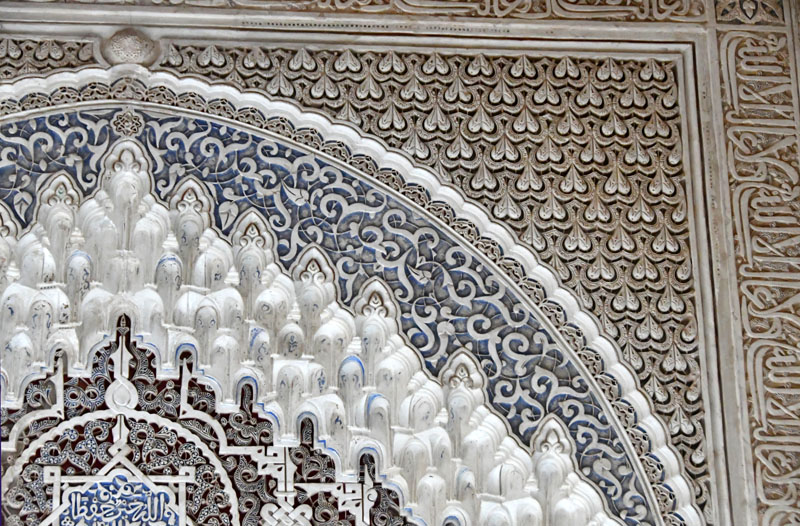
White in mythology:
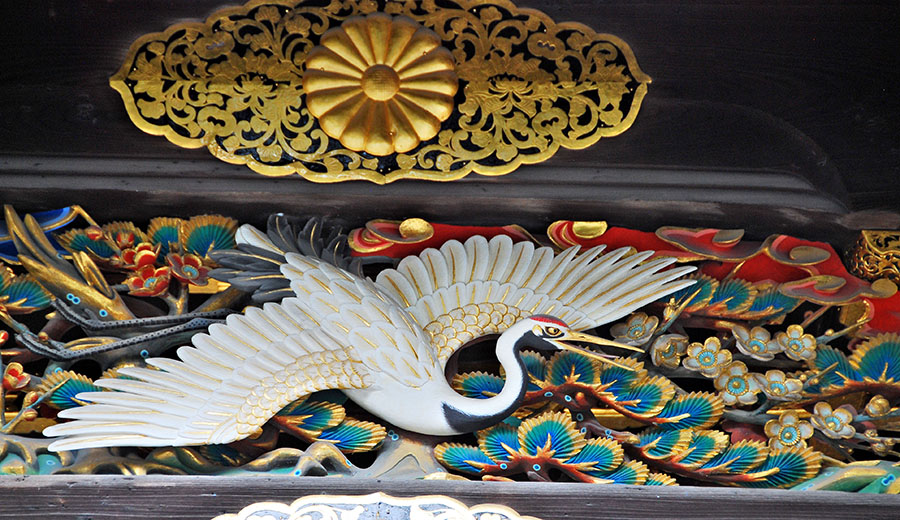
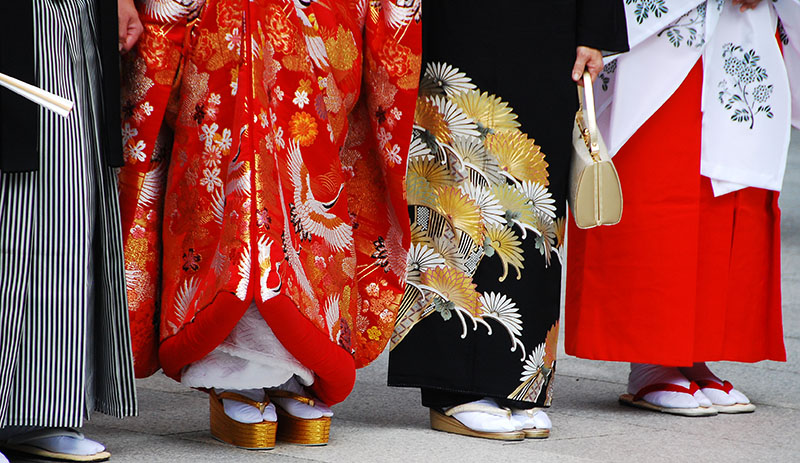
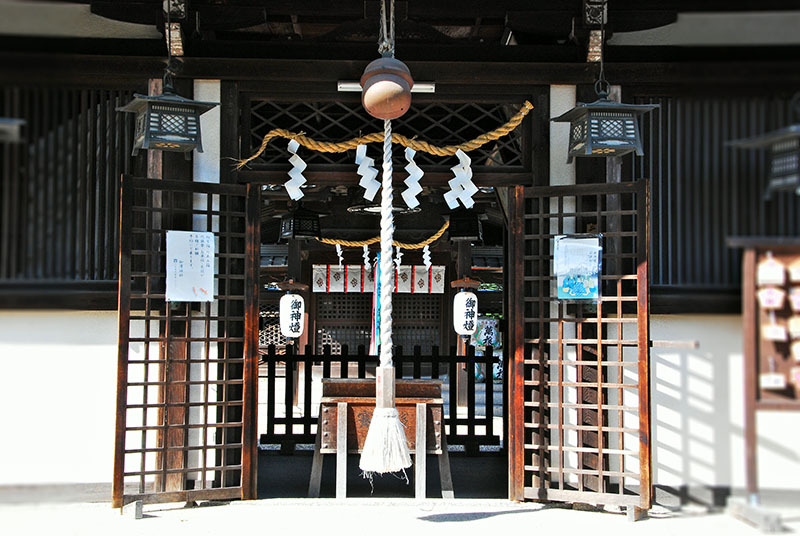
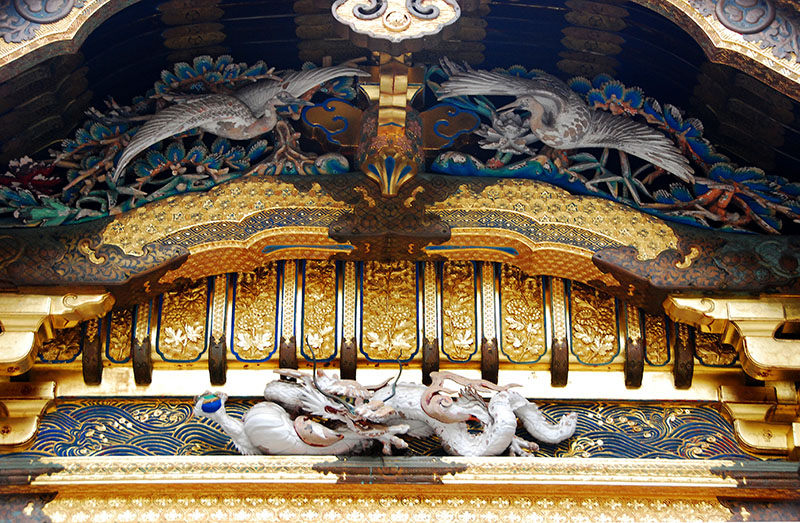
In Japanese culture, dragons are guardians of the Buddhist temples and their meaning varies depending on their color. The white dragon, or Hakuryuu, is a water god that controls rainfall and water. White dragons are also associated with great wealth and blessings in marriage.
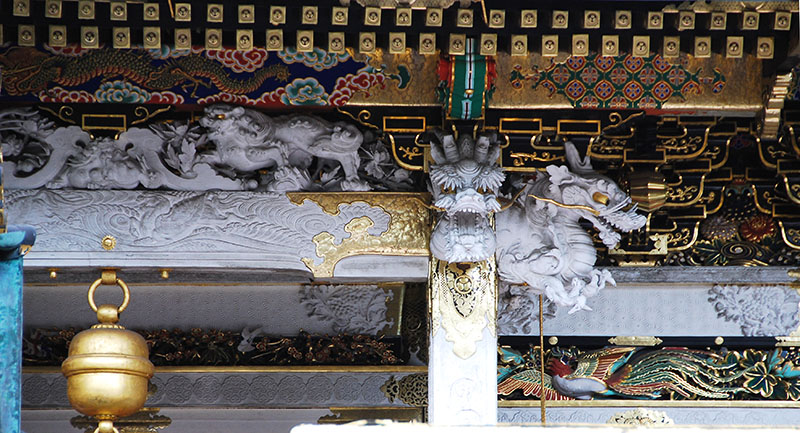
White as a force in duality of nature:
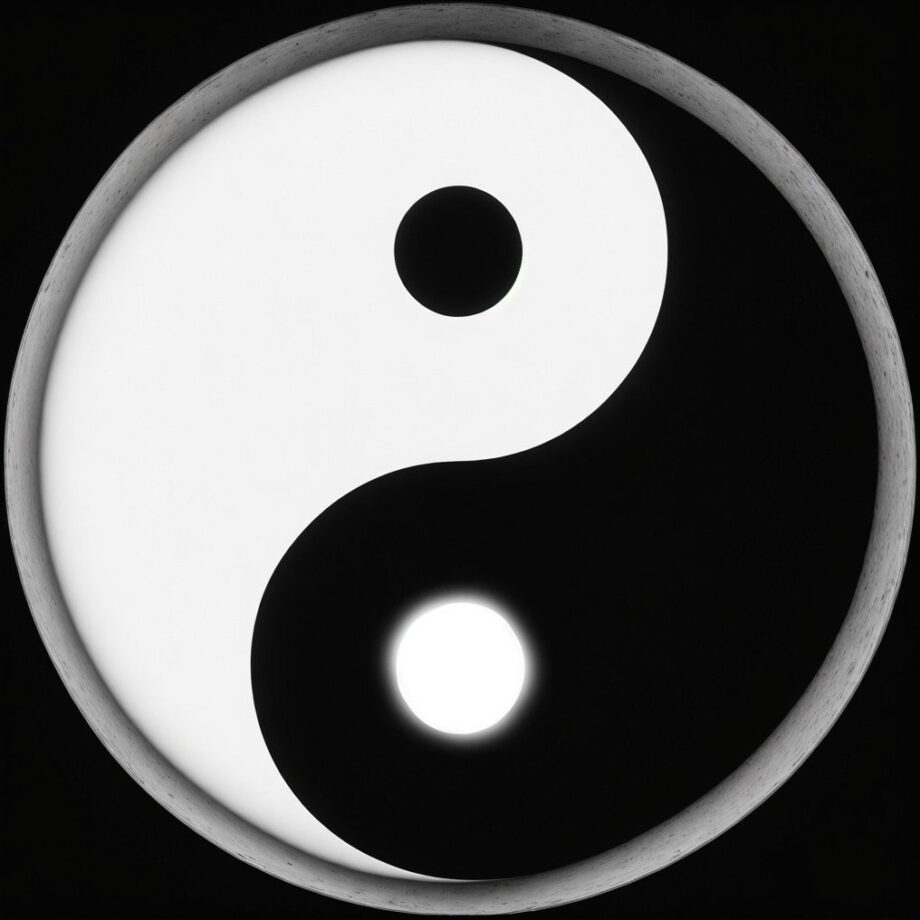
Yin and Yang is a core concept in the Chinese philosophy that describes two opposing yet interconnected and complementary forces that are believed to underlie all of reality. They represent intertwined aspects of a whole in a dynamic balance within the universe. Famous symbol of yin and yang is the taijitu, a circle divided into two halves, each containing a swirl of the opposite color. The swirl within each half represents the seed of the other force, signifying their interdependence. In art it often means balance where white can’t exist without black just like the sun doesn’t exist without the moon.
Among Neolithic jades of ancient China are bracelets (huan), penannular rings (chüeh), half-rings (huang), a flat disc with a hole in the centre (pi) and a ring or short tube squared on the outside (tsung). In later historic times these shapes acquired a ritual or ceremonial function, the pi and tsung, for example, symbolizing respectively heaven and earth.
(From the book: the arts of China, 3d edition, Michael Sullivan)
White often represents all the light in the world opposing the black of the darkness.
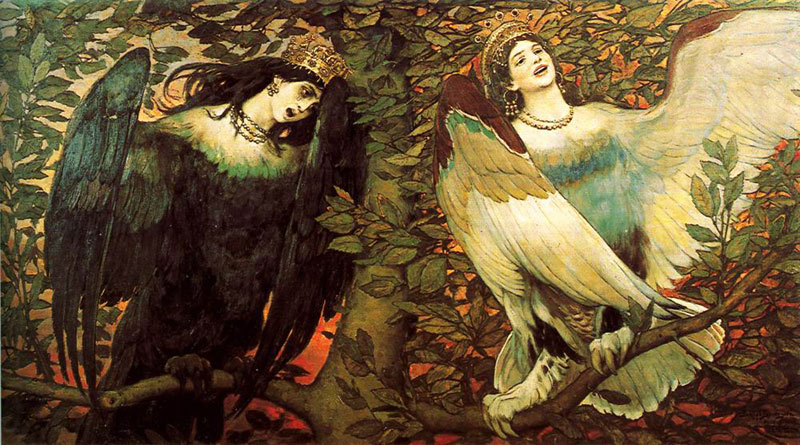
In this oil painting, “Sirin and Alkonost,” also referred to as “The Birds of Joy and Sorrow,” depicts two beautiful, half-bird, half-woman creatures from Slavic mythology. Sirin, on the right, is typically associated with joy and enchantment, while Alkonost, on the left, brings sorrow and mourning. Their contrasting melodies intertwine, creating a complex and evocative harmony that reflects the duality of human experience. The painting itself is a masterpiece of the Russian Romanticism expressed in symbolism that invites contemplation of life’s emotional range.
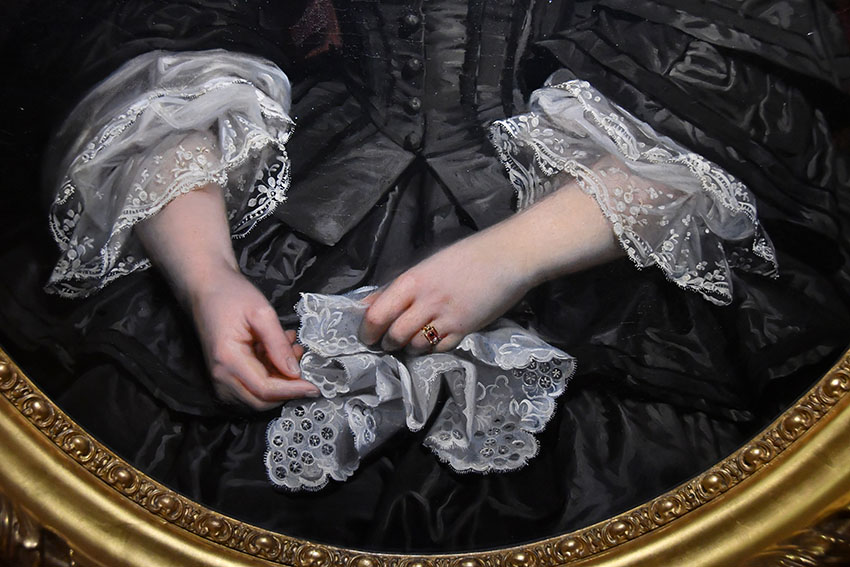
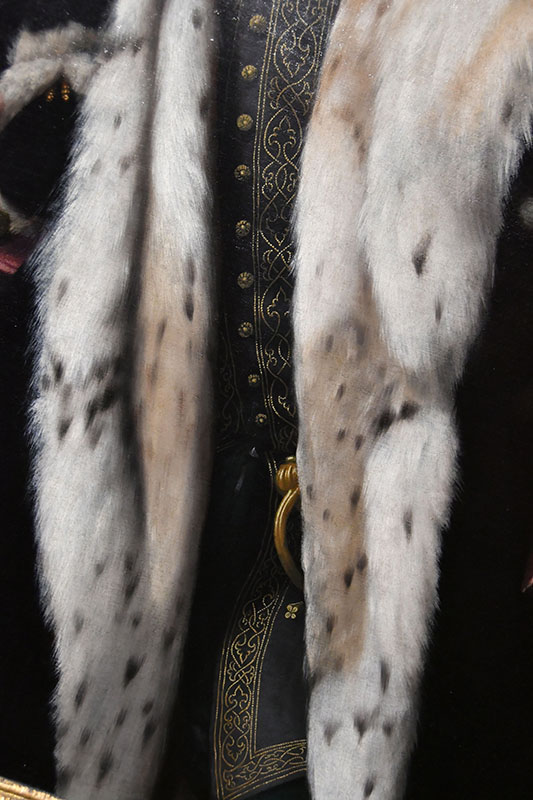
The calming power of white:

The calming effect of white is obvious in snowy landscapes, white clouds or cashmere sweater that bring us feelings of peace. Tranquil nature relaxes our mind. Soft, white fabric evokes serenity. And white swans and snowflakes seem magical floating in water.


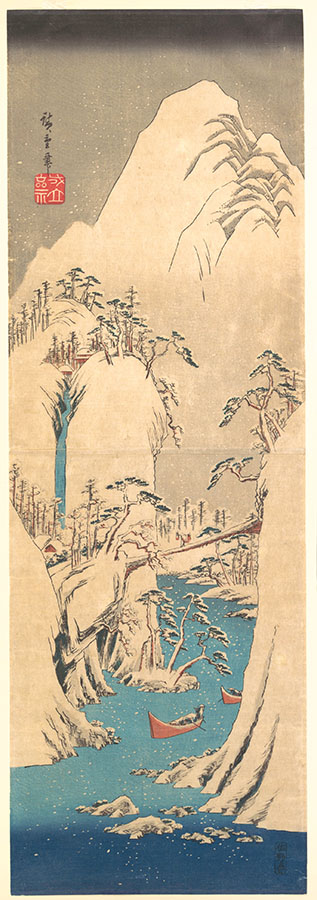
White can carry a special meaning in objects we often see. For instance, symbolic of new life, white egg represents birth. Moreover, we can read the Chinese ancient legend about the origins of the world.
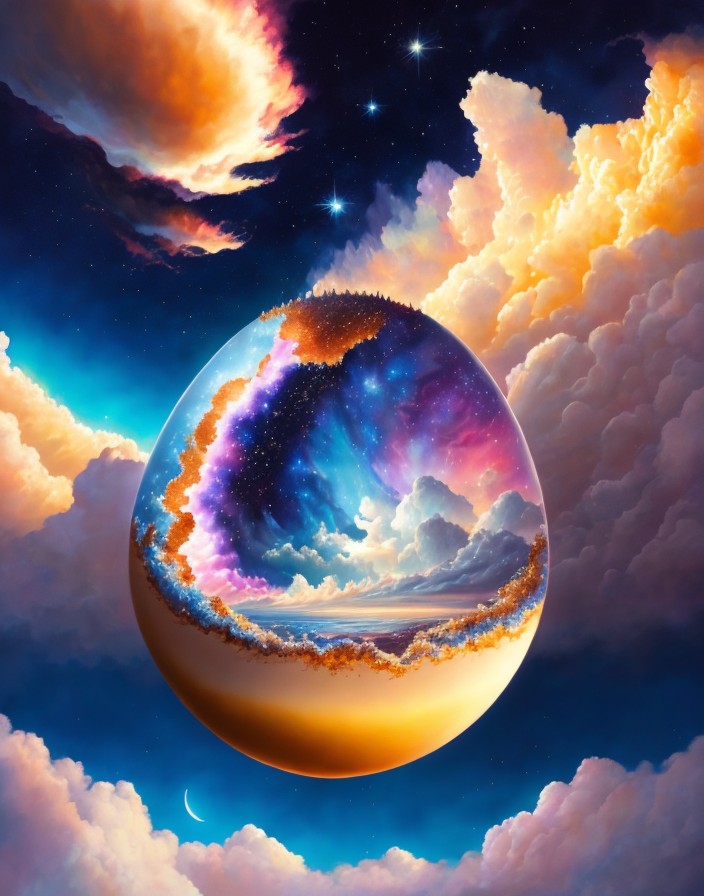
“Once upon a time, the universe was an enormous egg. One day the egg split open; its upper half became the sky, its lower half the earth, and from it emerged P’an Ku, primordial man. Every day he grew ten feet taller, the sky ten feet higher, the earth ten feet thicker. After eighteen thousand years P’an Ku died. His head split and became the sun and moon, while his blood filled the rivers and seas. His hair became the forests and meadows, his perspiration the rain, his breath the wind, his voice the thunder-and his fleas – our ancestors.” This legend expresses a Chinese philosophy, that man is not the culminating achievement of the creation, but a relatively insignificant part in the scheme of things; an afterthought. By comparison with the beauty and splendor of the world itself, the mountains and valleys, the clouds and water- falls, the trees and flowers, which are the visible manifestations of the workings of the Tao, he counts for very little.
(From the book: the arts of China, 3d edition, Michael Sullivan)
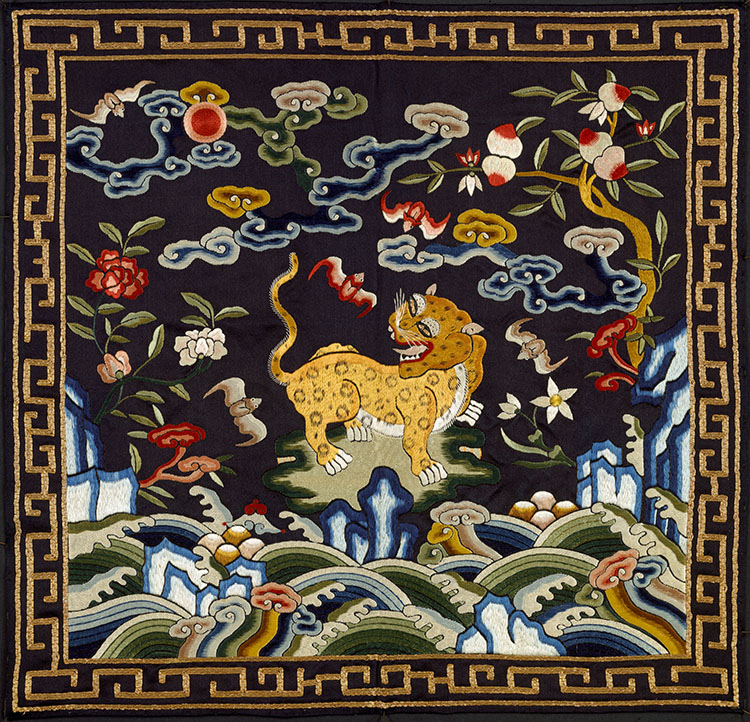
Period: Qing dynasty (1644–1911), late 18th century, China, silk, metallic thread, 10 3/4 x 11 1/4 in. (27.31 x 28.57 cm), Textiles-Embroidered, Credit Line: Bequest of William Christian Paul, 1929
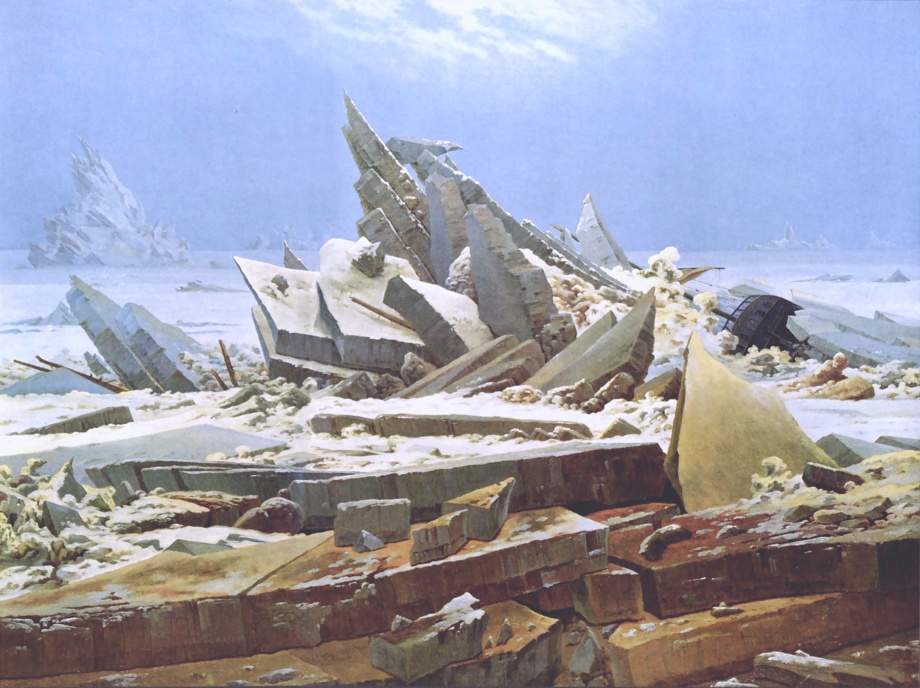
White hue can also be a symbol of cleanliness. Healthcare facilities have white rooms, corridors, and doctors’ coats.
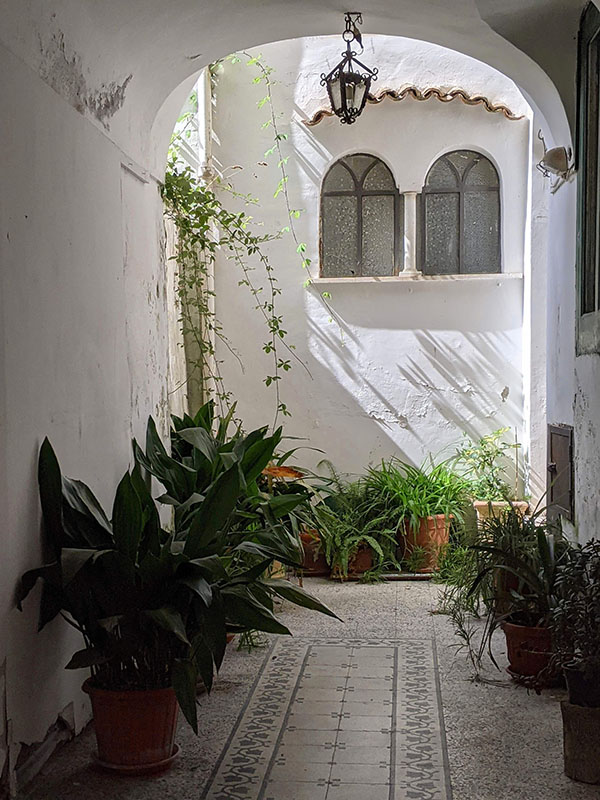
Contemporary architecture loves the color white. Both interior and exterior spaces have white paint and decorum seen across Florida’s new construction to amplify the light in the region.
White can also represent neutrality or fairness, negotiation or surrender – the white flag of surrender.
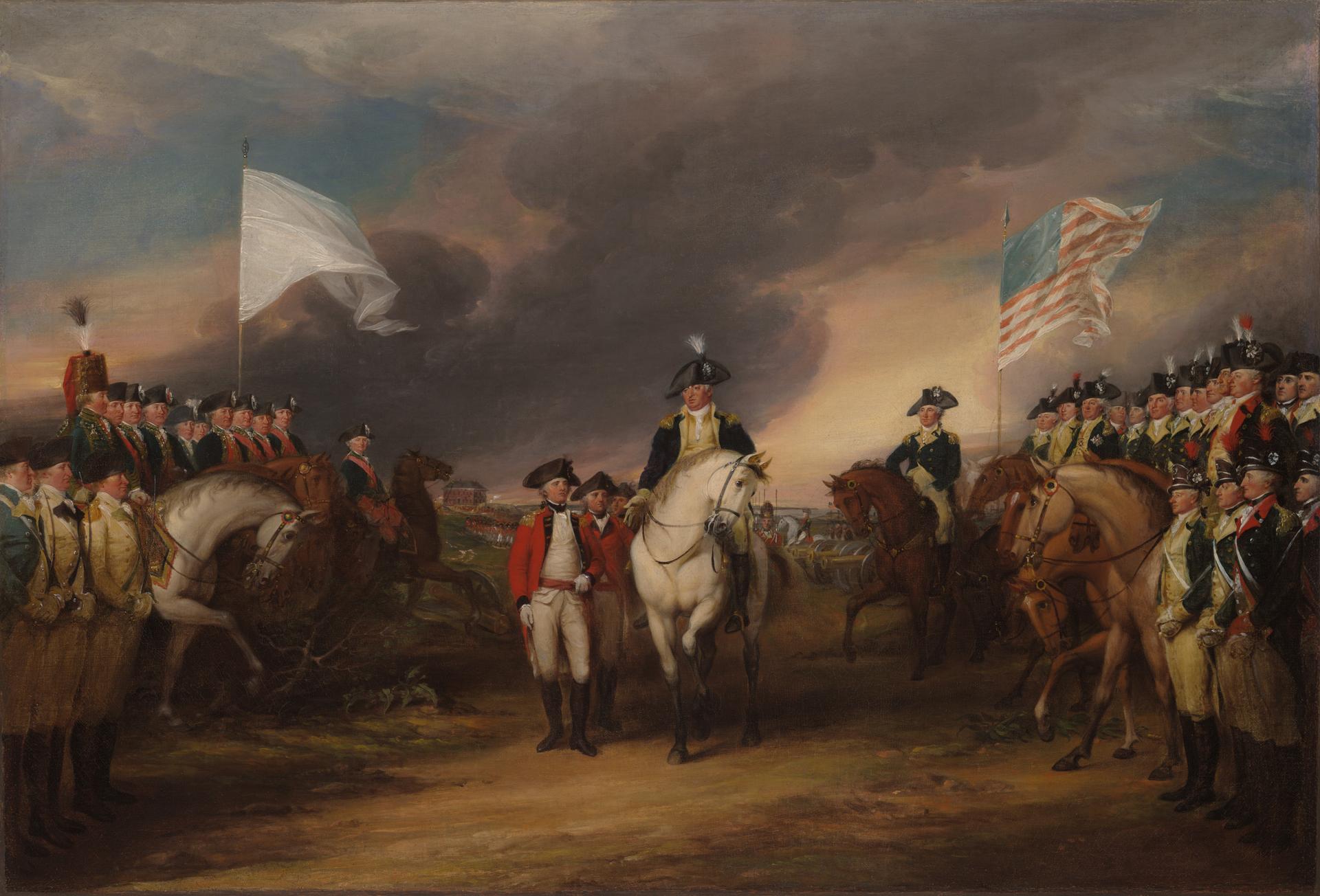
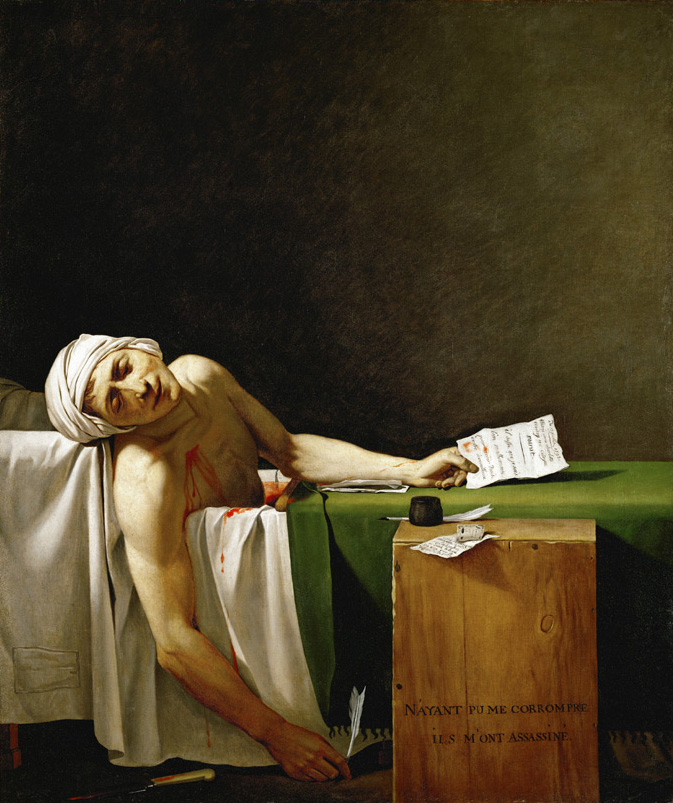
This neoclassical painting has a very careful, classical design both in color and lines. Marat was a revolutionary in France and a friend of the artist. David was also a radical thinker and revolutionary who was once an official court painter to Napoleon but ended up in prosecution and escape from France to Belgium closer to the end of his life.
Marat’s skin condition made him take long baths to sooth the pain where he got assassinated. This painting represents the ideals of neoclassical art and politics- simplicity, heroism, idealization, classicism, neutrality and stoicism. Color white helps communicate these virtues.
In modern art, white can symbolize a fresh start, an open canvas, or a space for interpretation. White is neutral, blank canvas. Artists like Robert Rauschenberg and Agnes Martin explored this potential in their monochromatic white paintings. Rauschenberg first painted his white canvases in 1951 in six variations- one to seven panels. Martin spent her 40-year career exploring the perception of stillness.
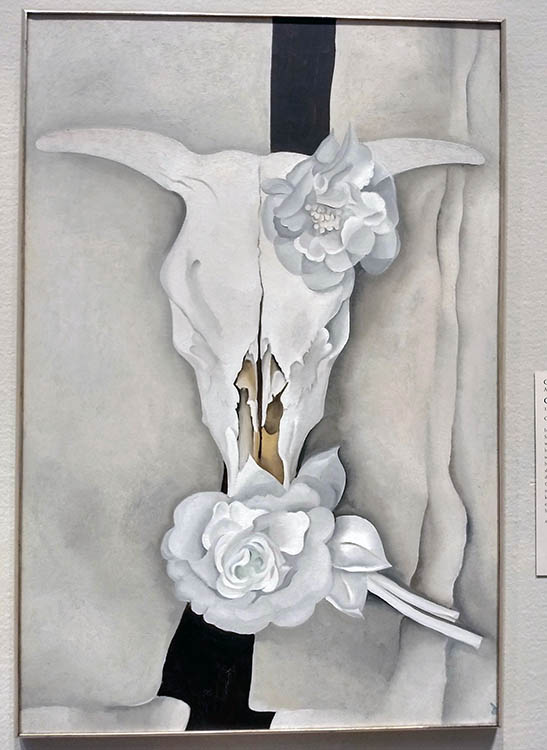
White means innocence.
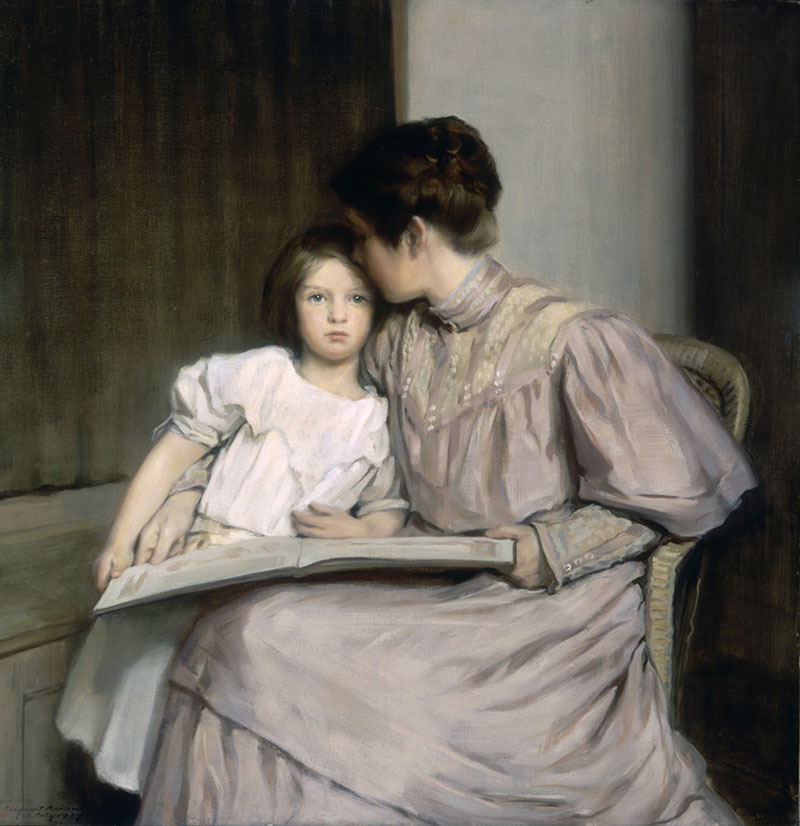
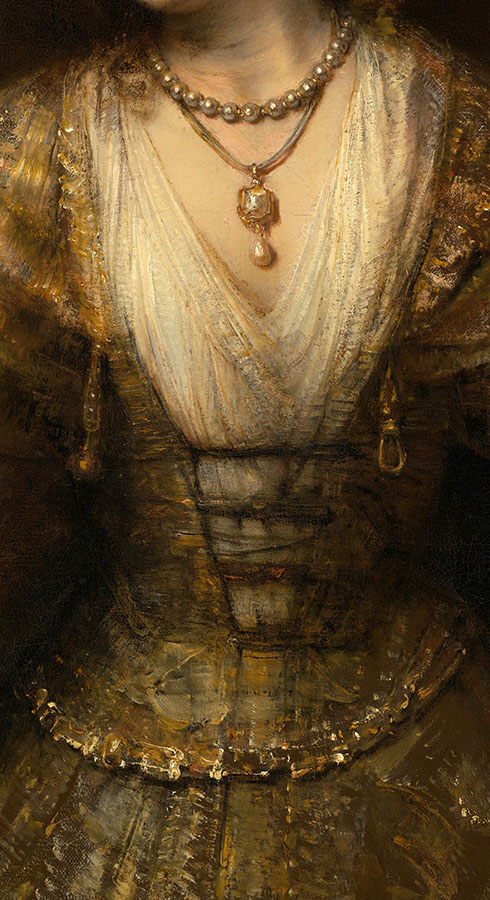
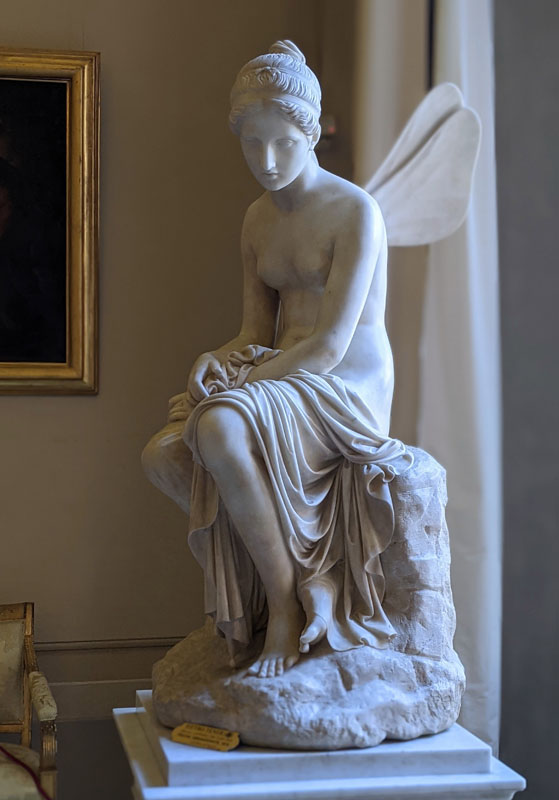
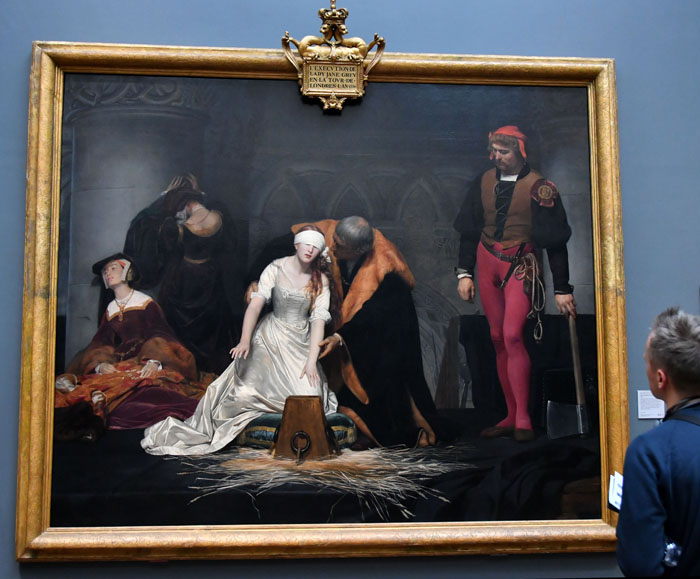
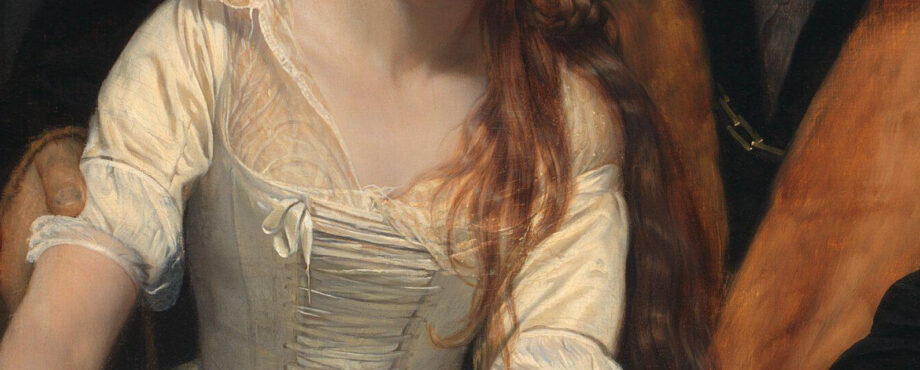
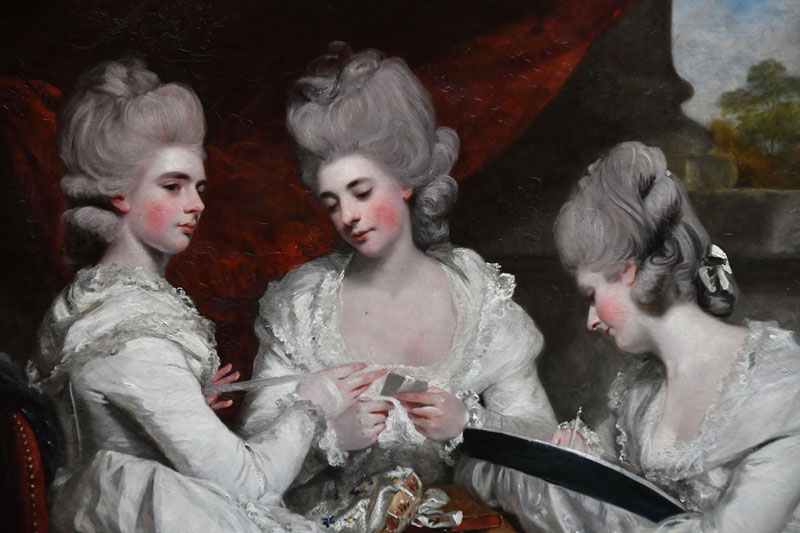
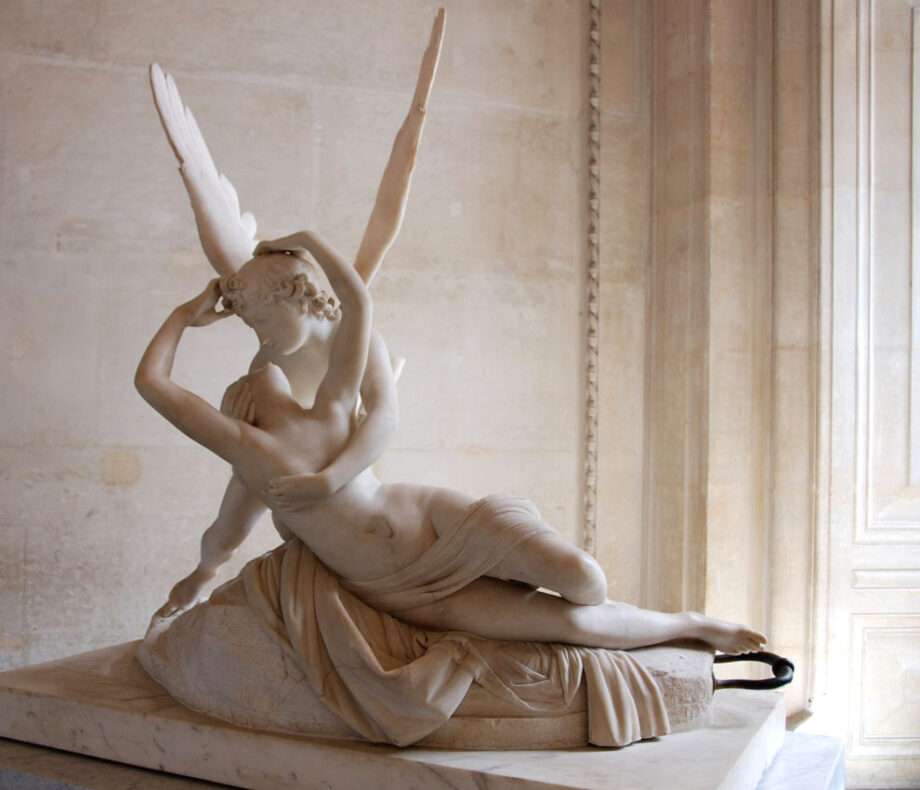
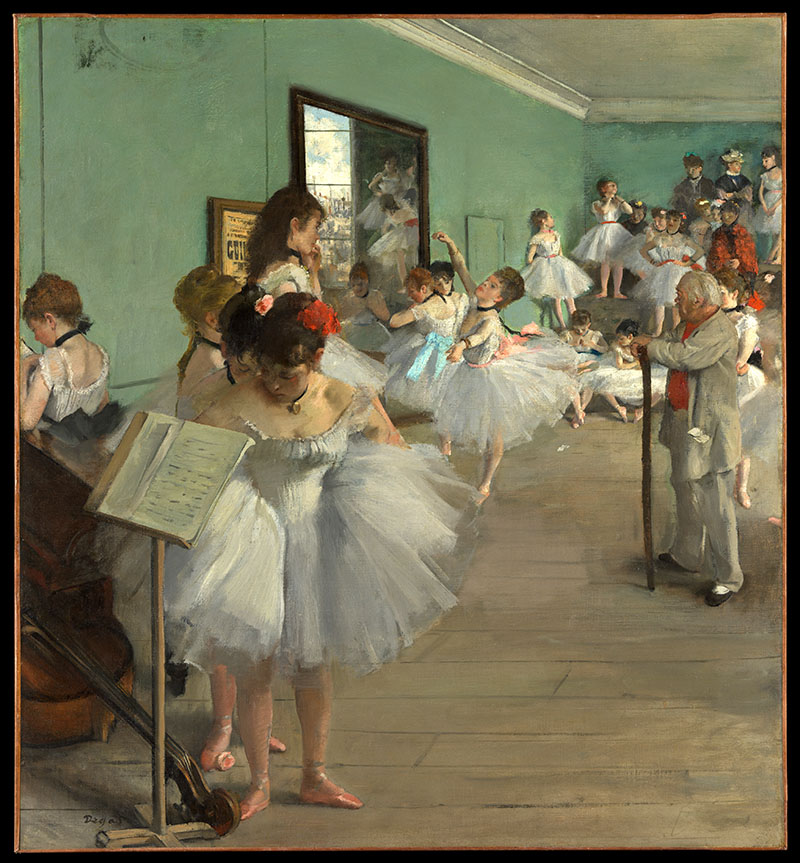
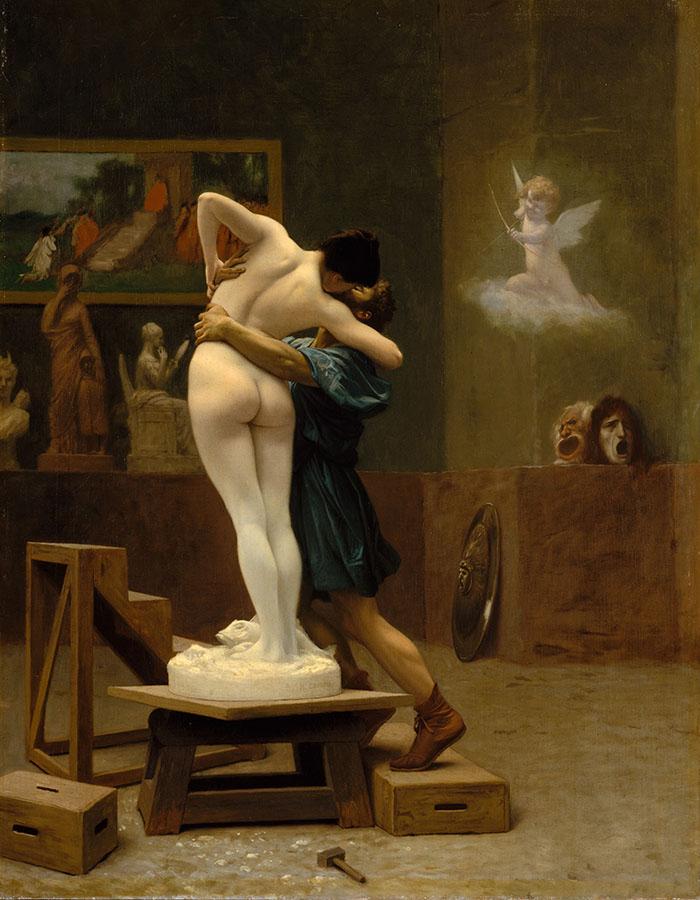
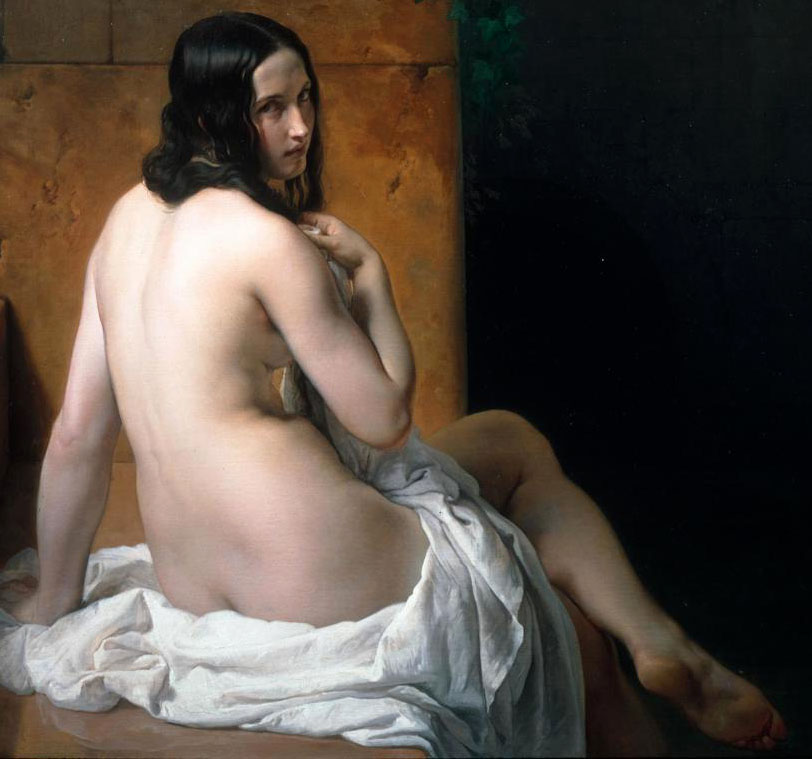
White as the representation of timelessness & memory
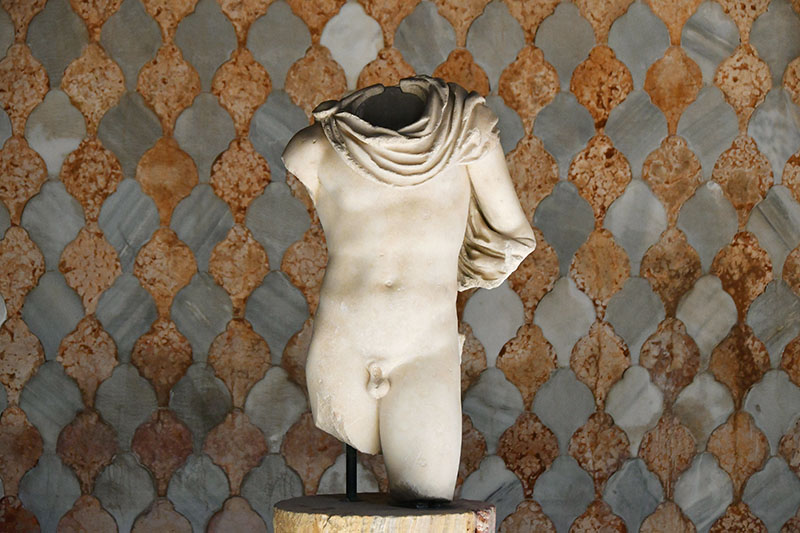
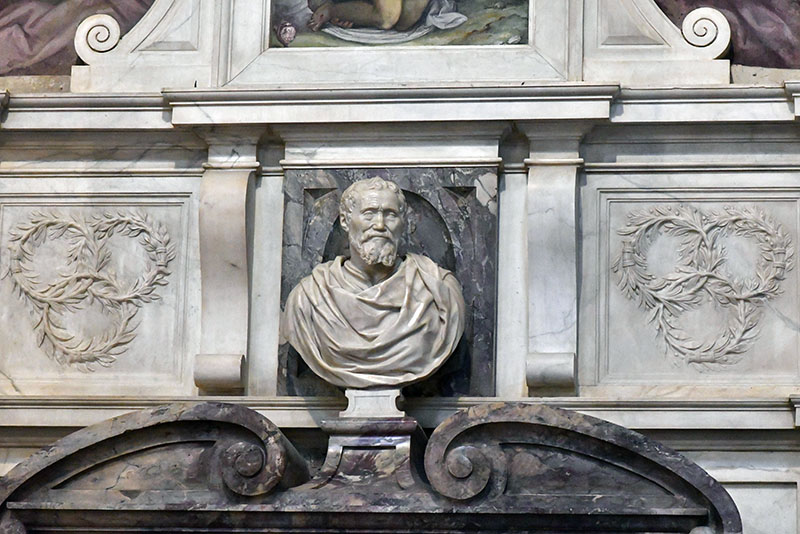
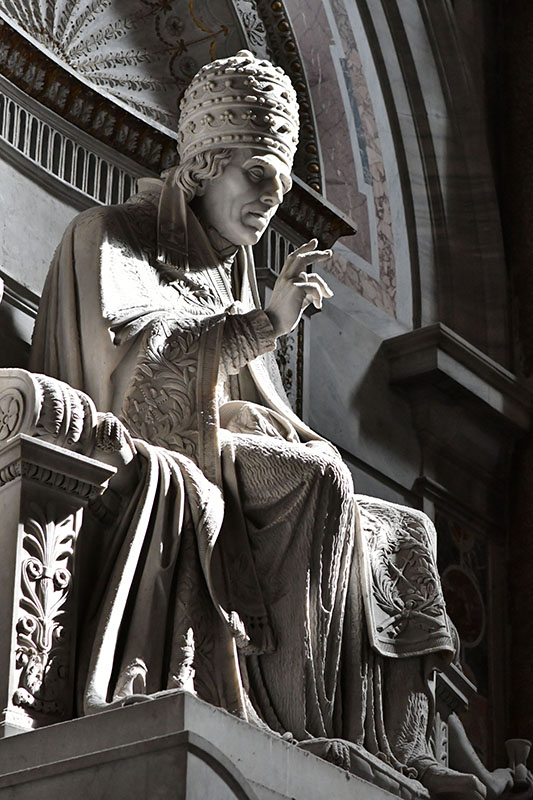
Negative white
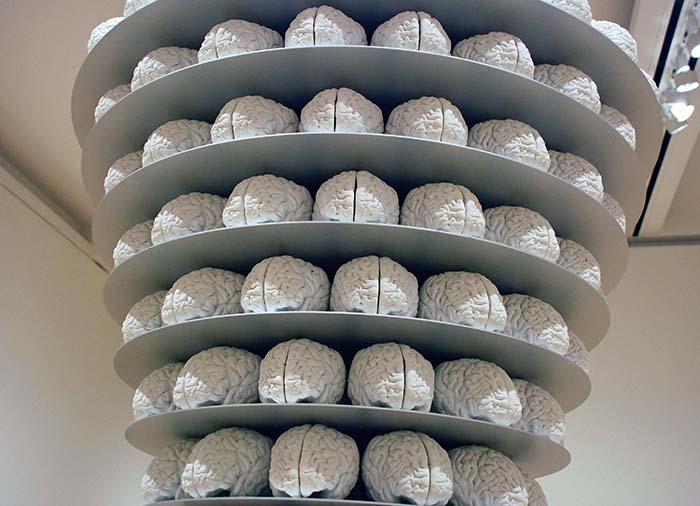
Depending on our view of the world, specific events or cultural differences we can see the color white as cold, empty and artificially sterile. This kind of emotionless, stark white can trigger feelings of isolation, and emptiness. Moreover, white can be associated with mourning and death in some countries.
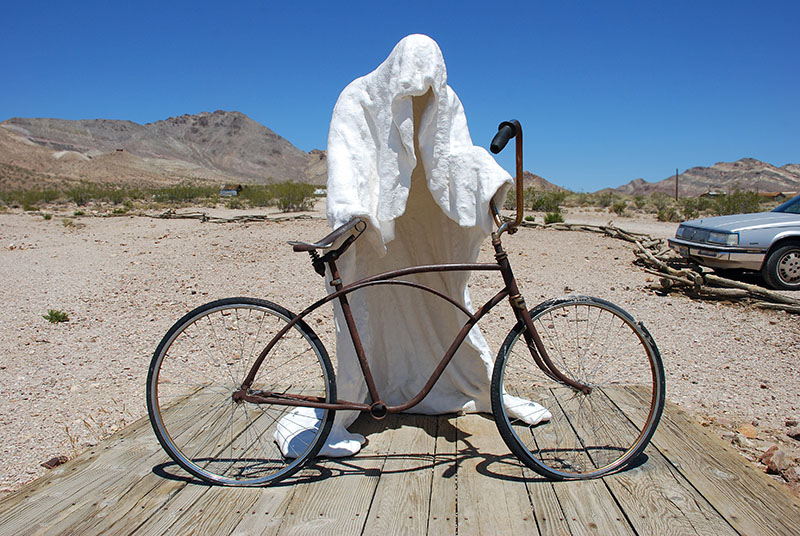
White ghosts scare us representing the supernatural and death.
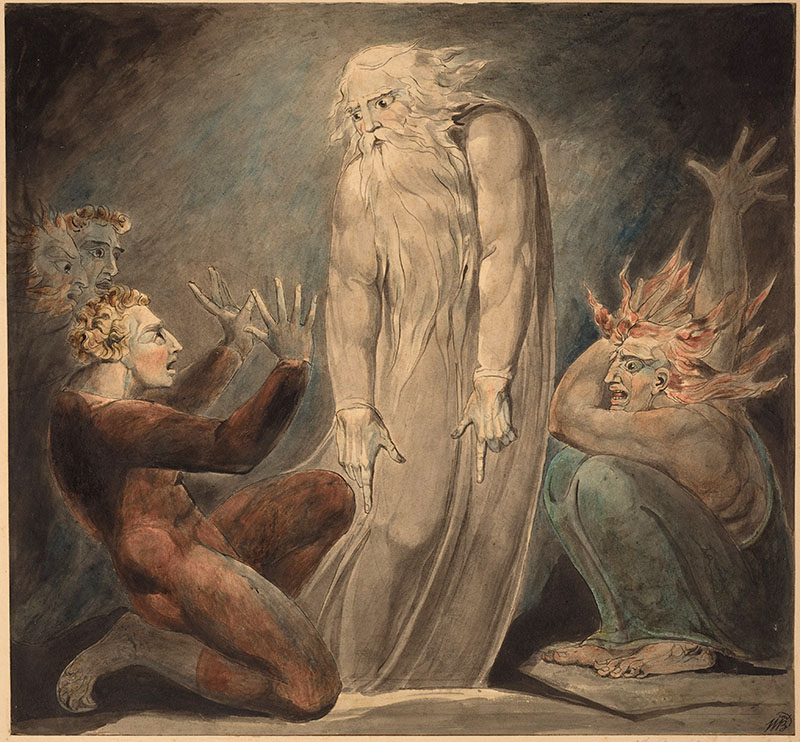
White can also represent death. White shroud symbolizes death, mourning, and loss.
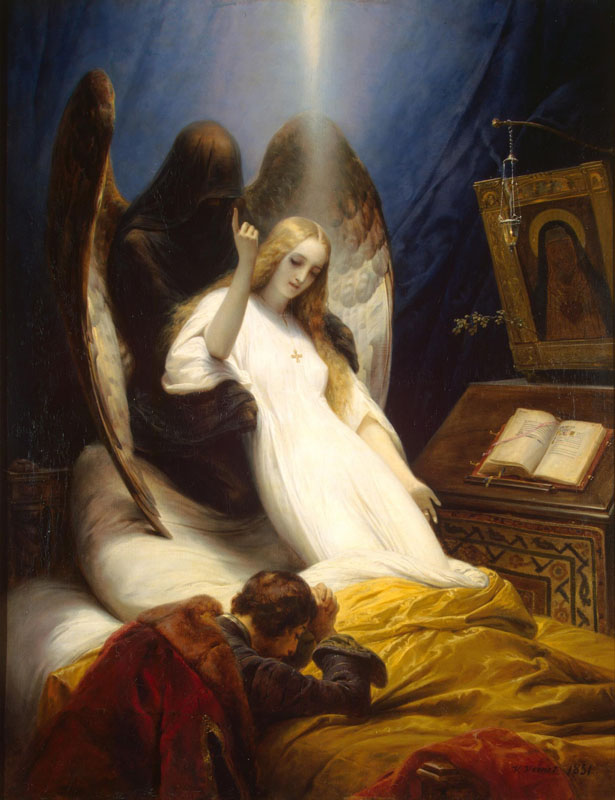
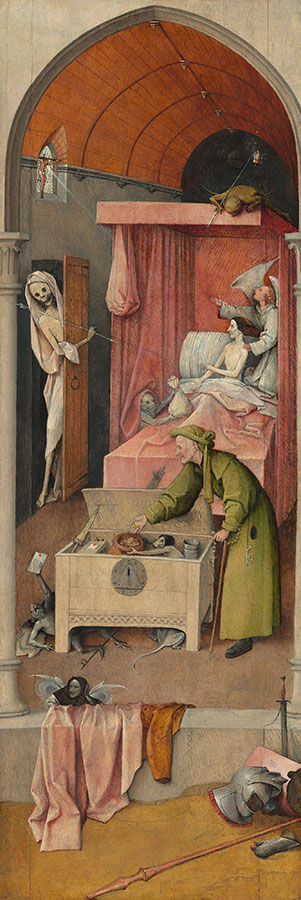
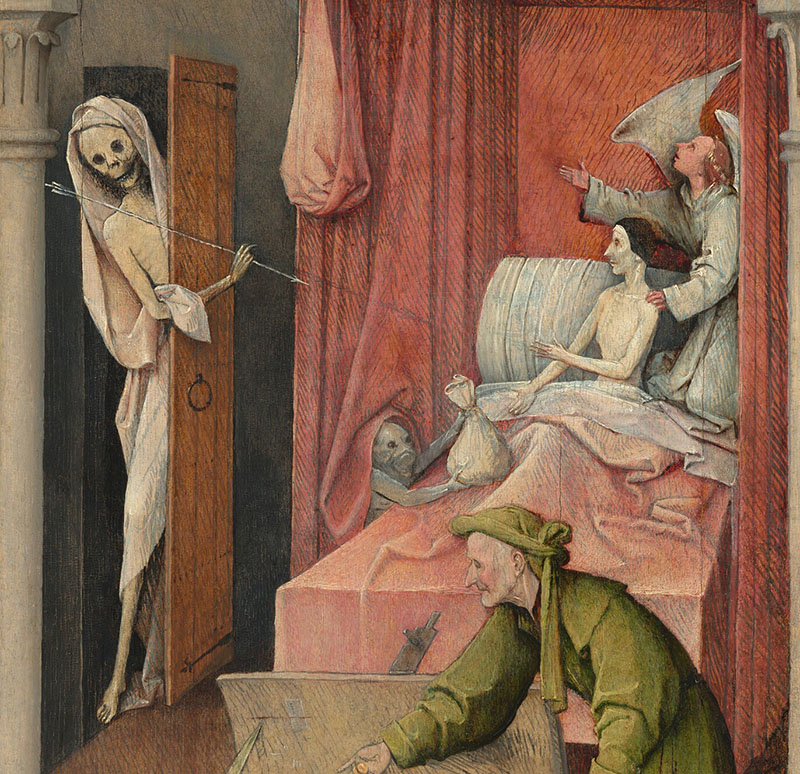
“In this panel Bosch shows us the last moments in the life of a miser, just before his eternal fate is decided. A little monster peeping out from under the bed–curtains tempts the miser with a bag of gold, while an angel kneeling at the right encourages him to acknowledge the crucifix in the window. Death, holding an arrow, enters at the left.
Oppositions of good and evil occur throughout the painting. A lantern containing the fire of Hell, carried by the demon atop the bed canopy, balances the cross which emits a single ray of divine light. The figure in the middle ground, perhaps representing the miser earlier in his life, is shown as hypocritical; with one hand he puts coins into the strongbox where they are collected by a rat–faced demon, and with the other he fingers a rosary, attempting to serve God and Mammon at the same time. A demon emerging from underneath the chest holds up a paper sealed with red wax — perhaps a letter of indulgence or a document that refers to the miser’s mercenary activities.
This type of deathbed scene derives from an early printed book, the Ars Moriendi or “Art of Dying,” which enjoyed great popularity in the second half of the fifteenth century. The panel may have been the left wing of an altarpiece; the other panels — now missing — would have clarified the meaning of some aspects of the scene, such as the discarded and broken armor and weapons in the foreground.” Taken from the gallery’s page https://www.nga.gov/collection/art-object-page.41645.html
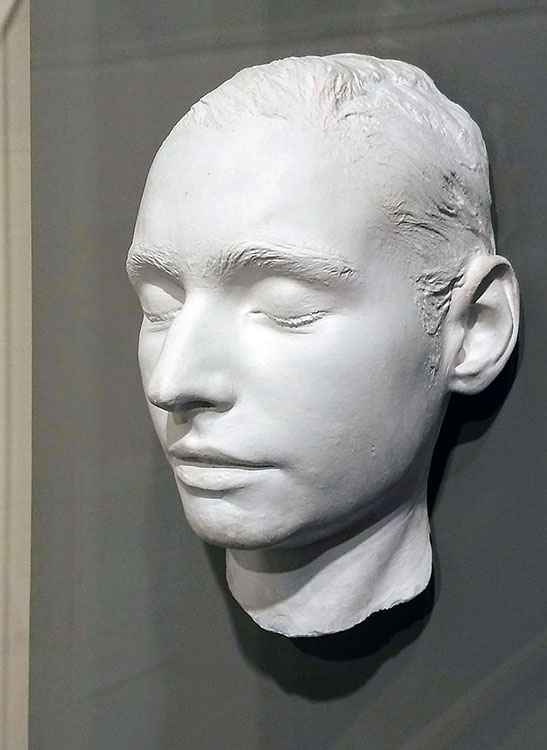
Empty white rooms can feel lonely and even scary.

Blindfolded figures often represent ignorance, inability to see and vulnerability but the blindfolded Lady Justice has a different meaning. The blindfold represents that justice is unbiased and should not be influenced by a person’s appearance or other factors.
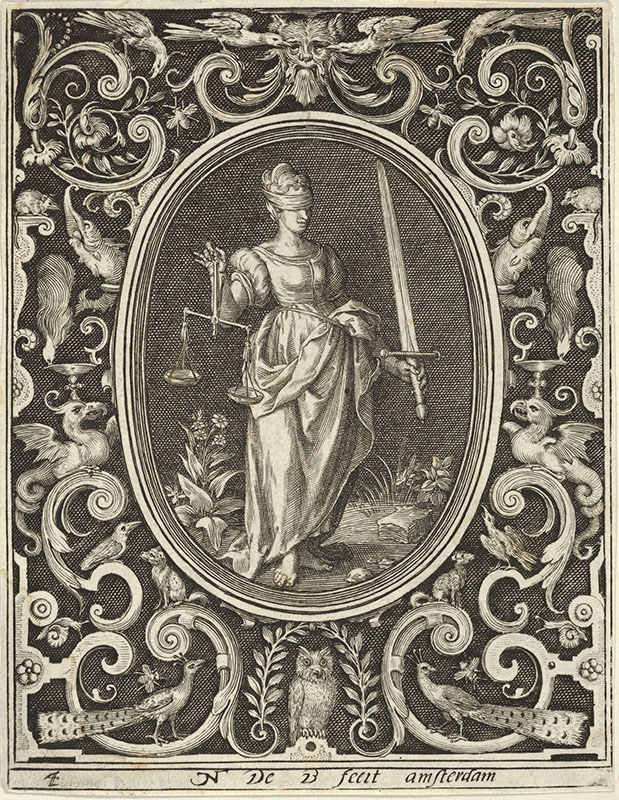
1648–56, the Met, New York. http://www.metmuseum.org/art/collection/search/423841
Whitewashing is a term denoting the covering up of unpleasant truth, describing censorship.
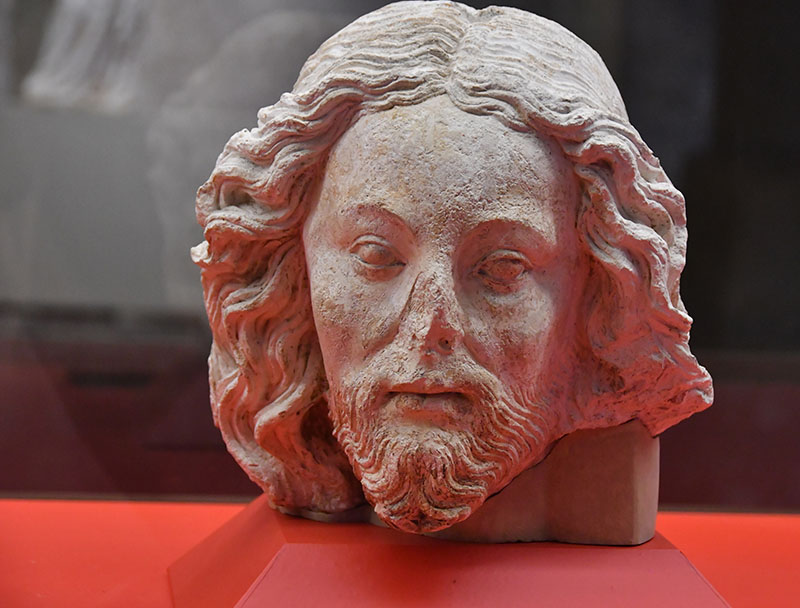
As you can see the color white carries several meanings and rich symbolism in art history and our life. What do you think of white?
PS If you see a mistake in this article, please know it’s not intentional. Reach out with the suggested correction to nika@veronicasart.com
The Color White in Contemporary Art
